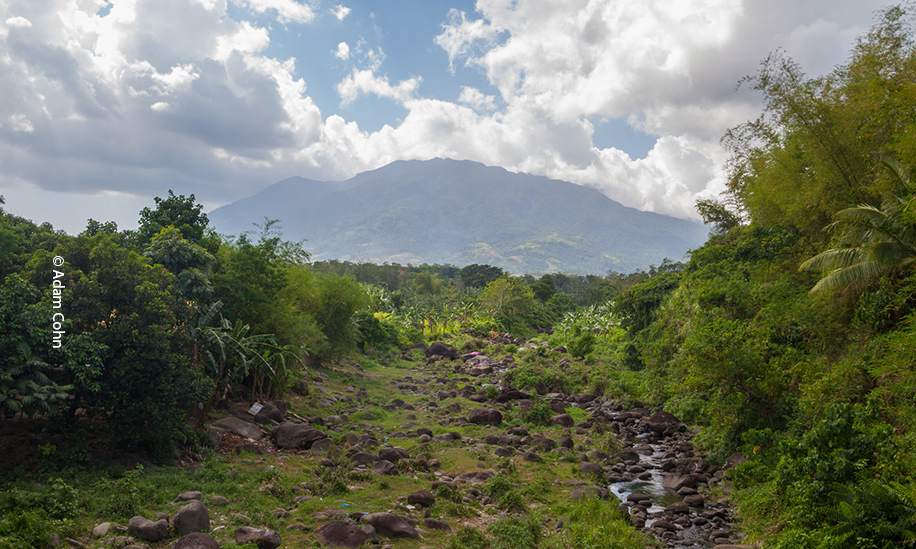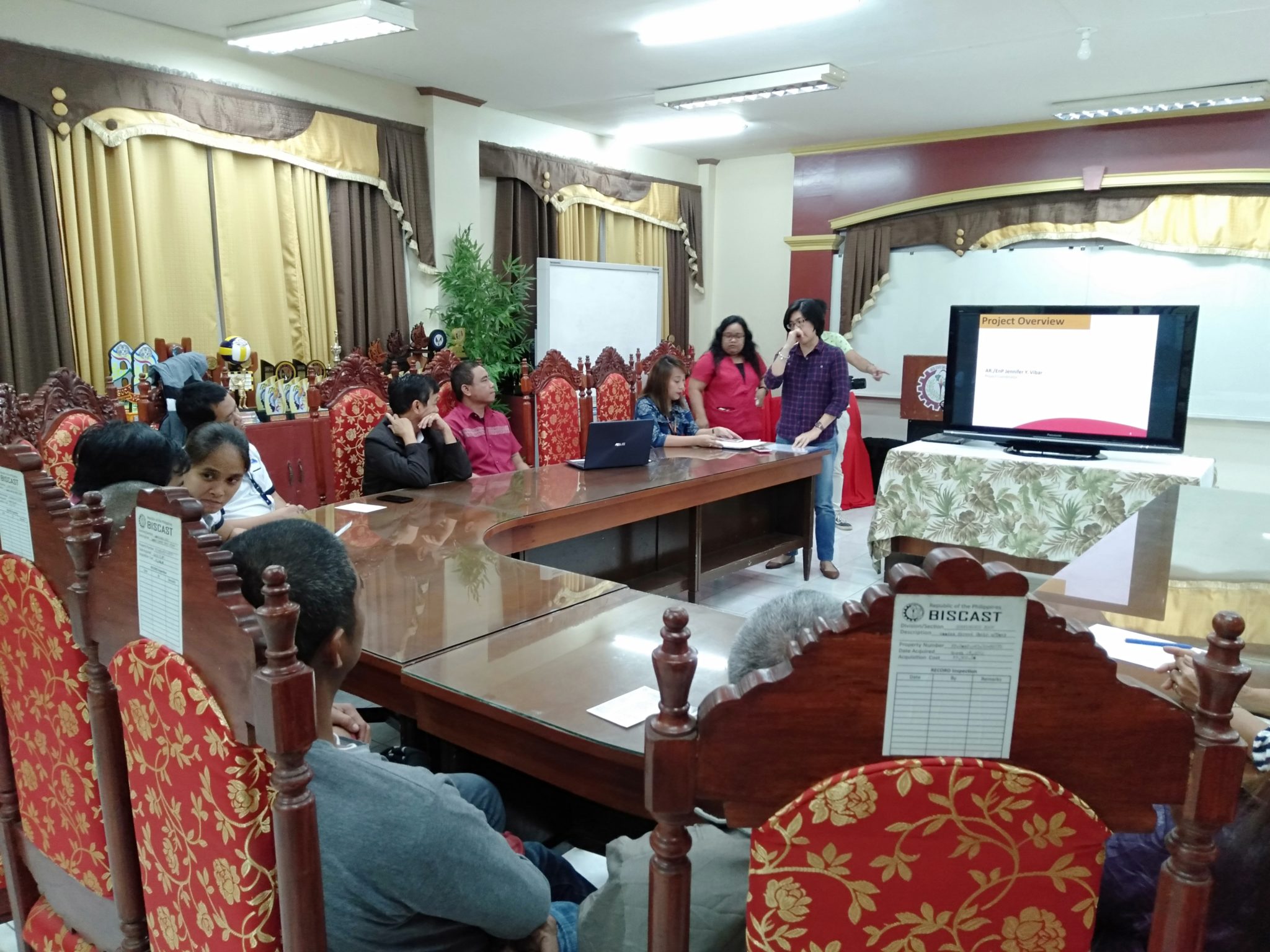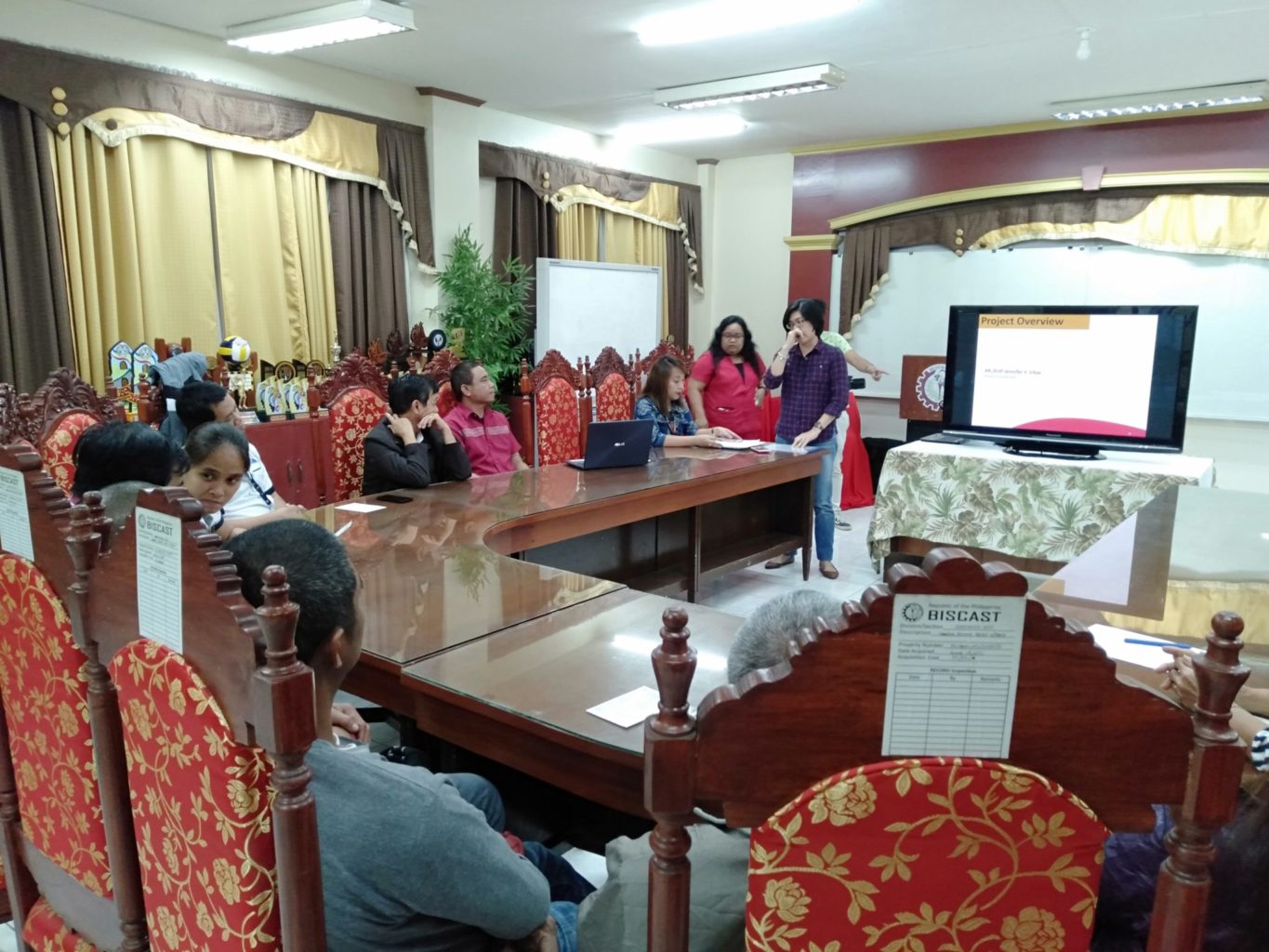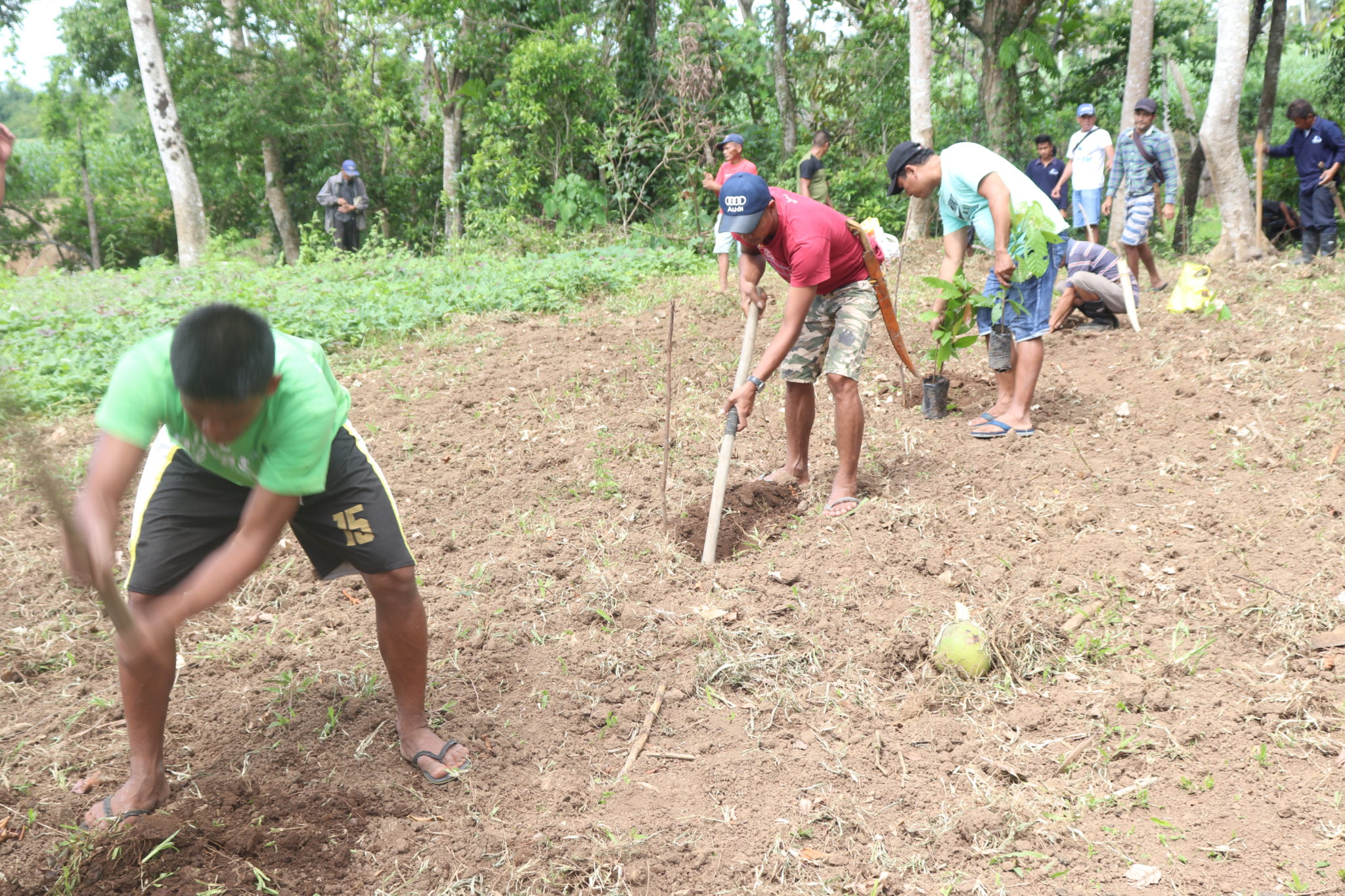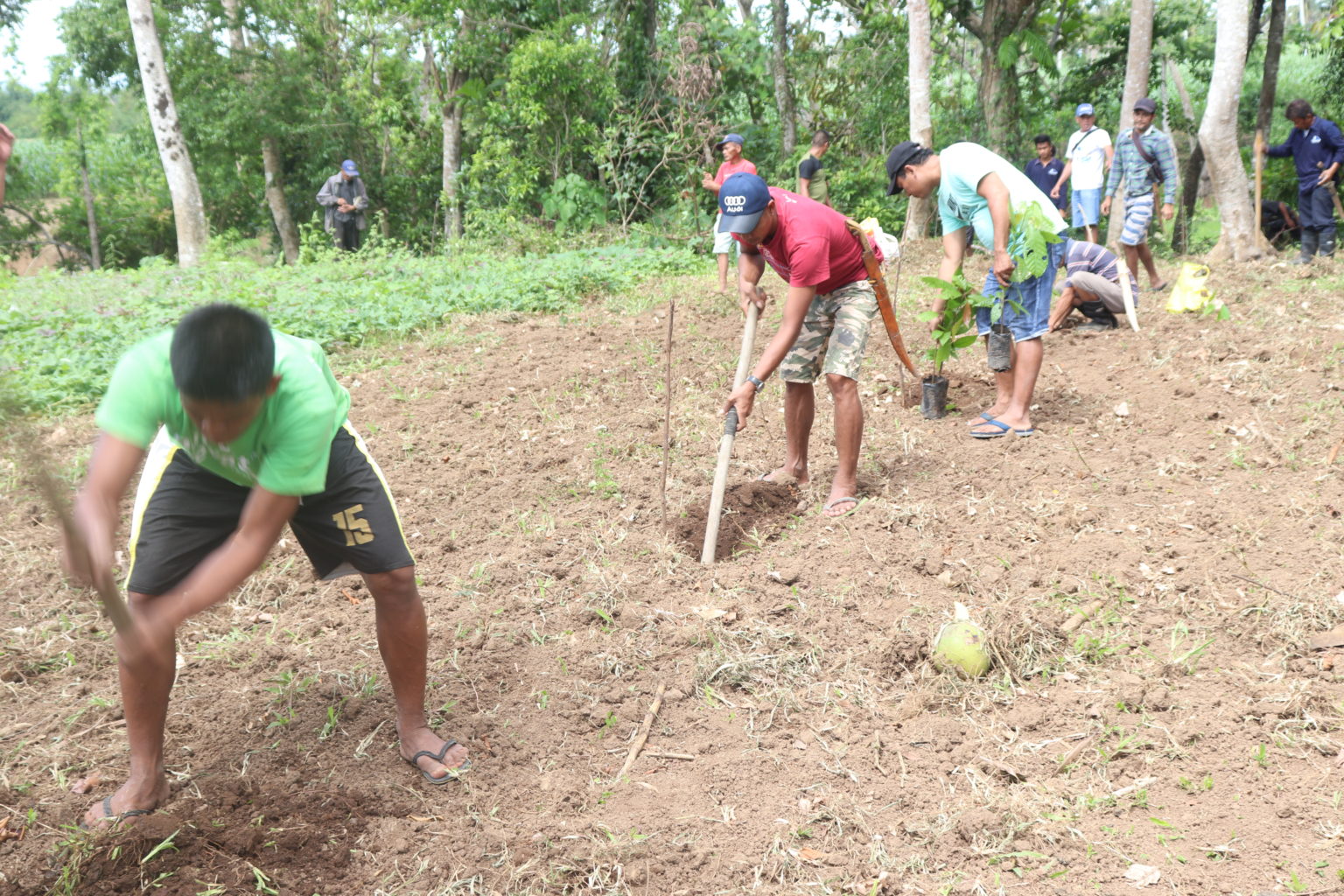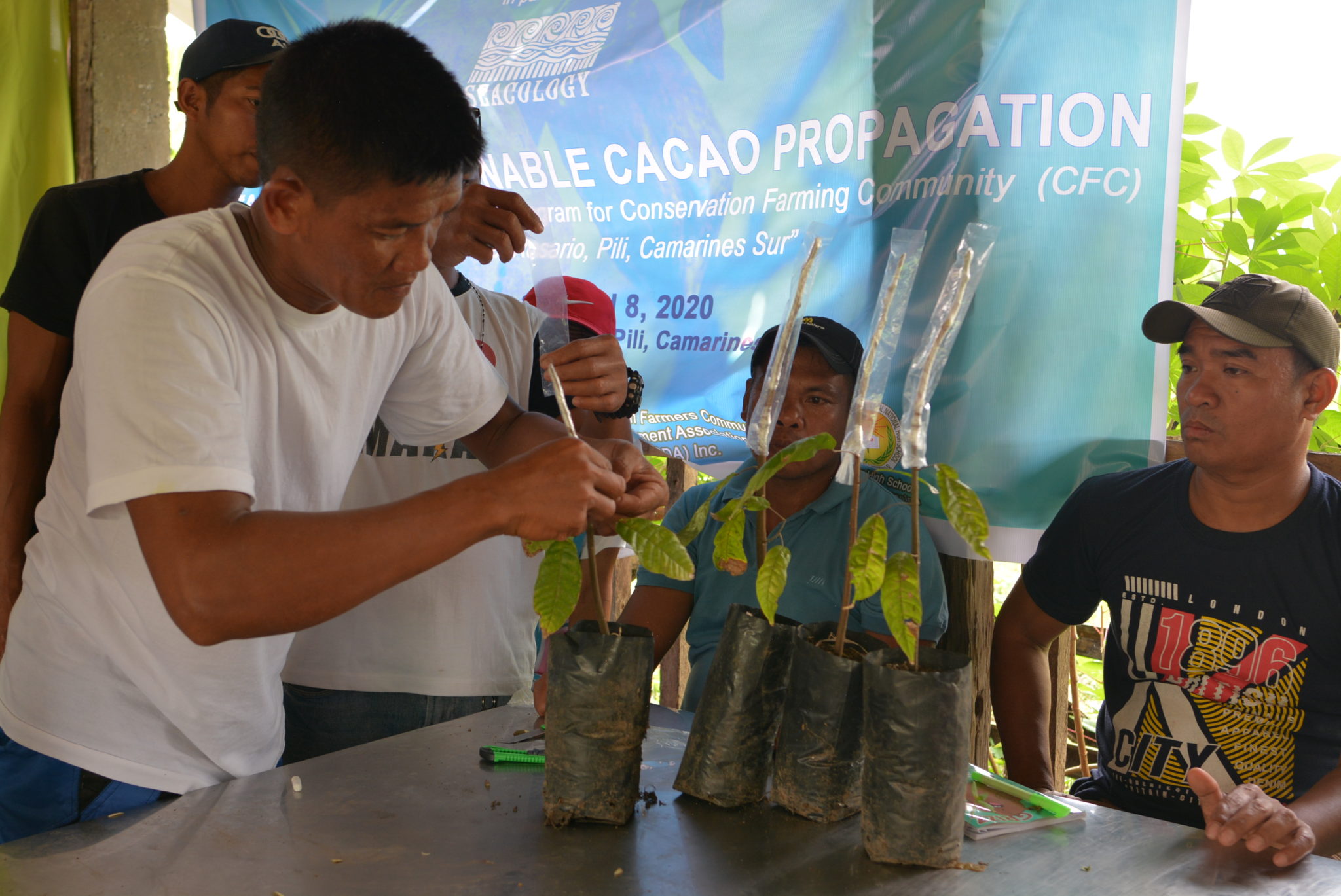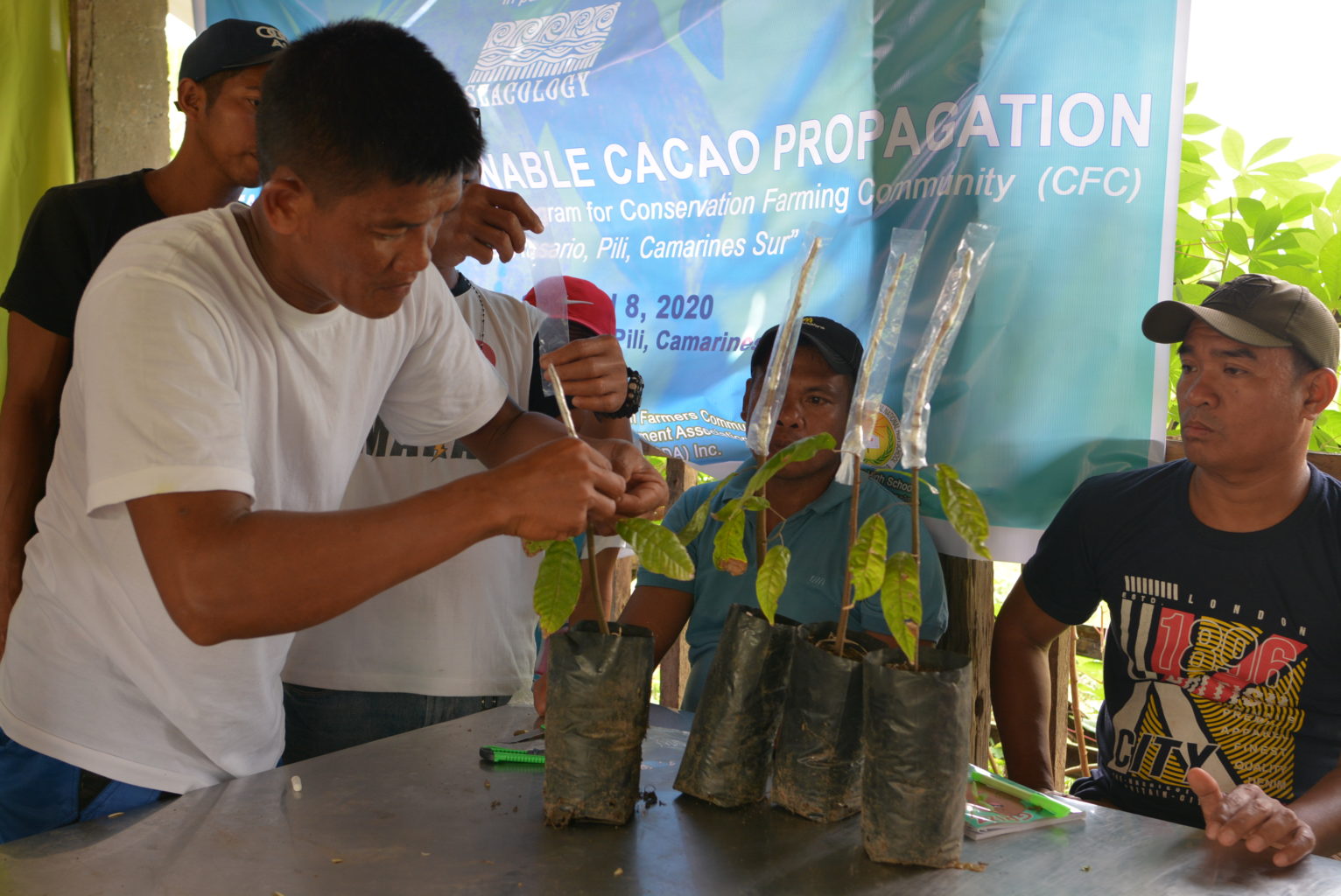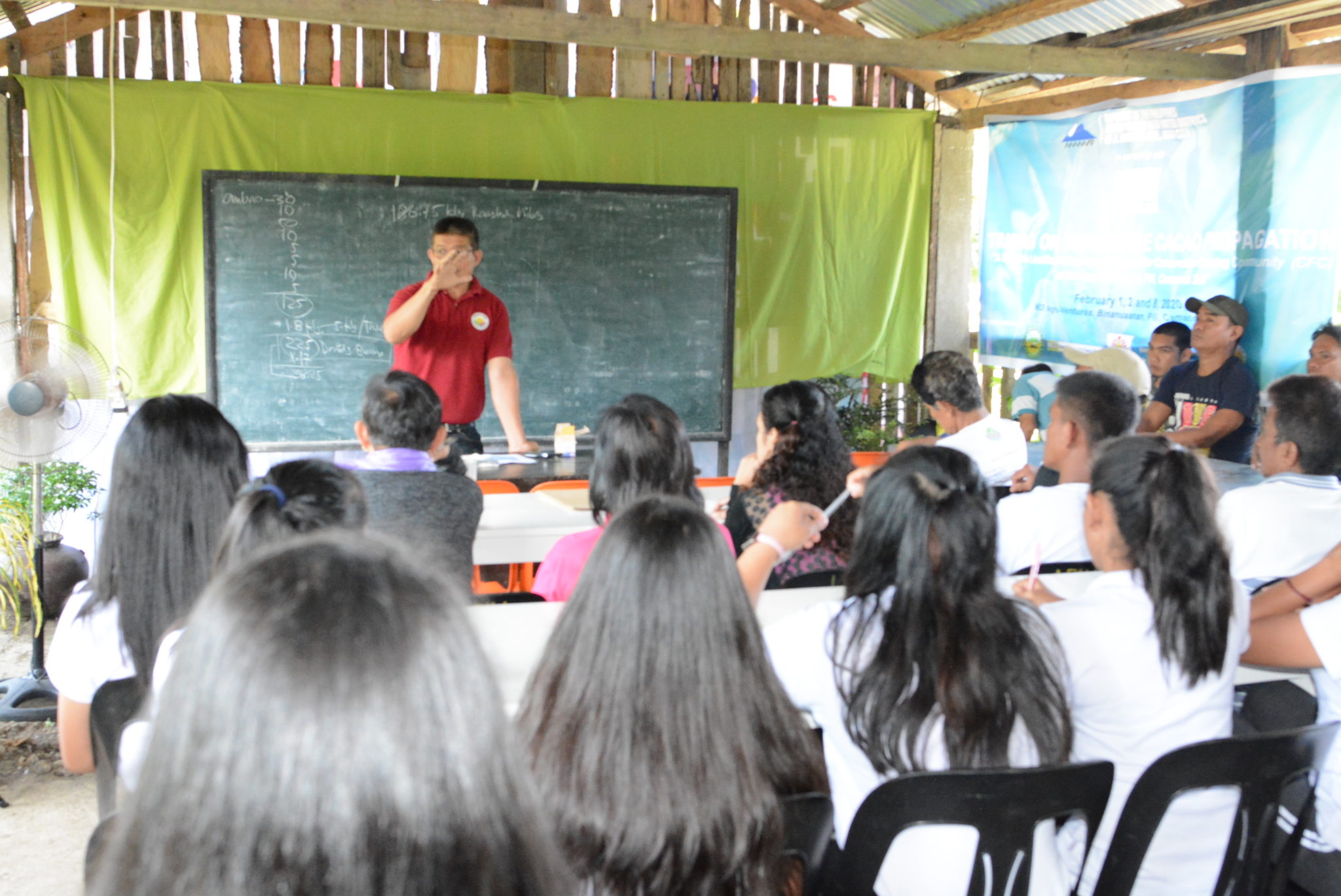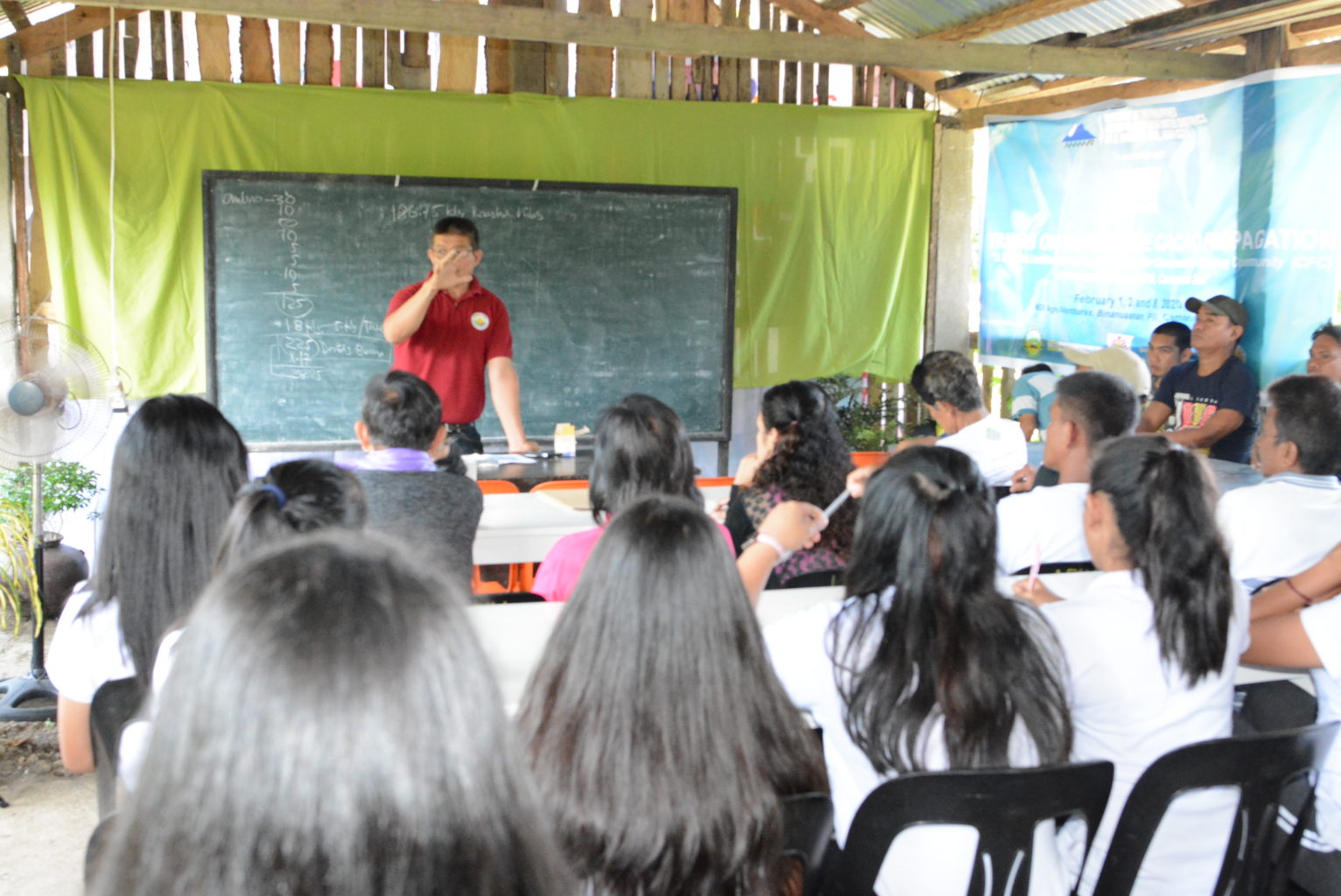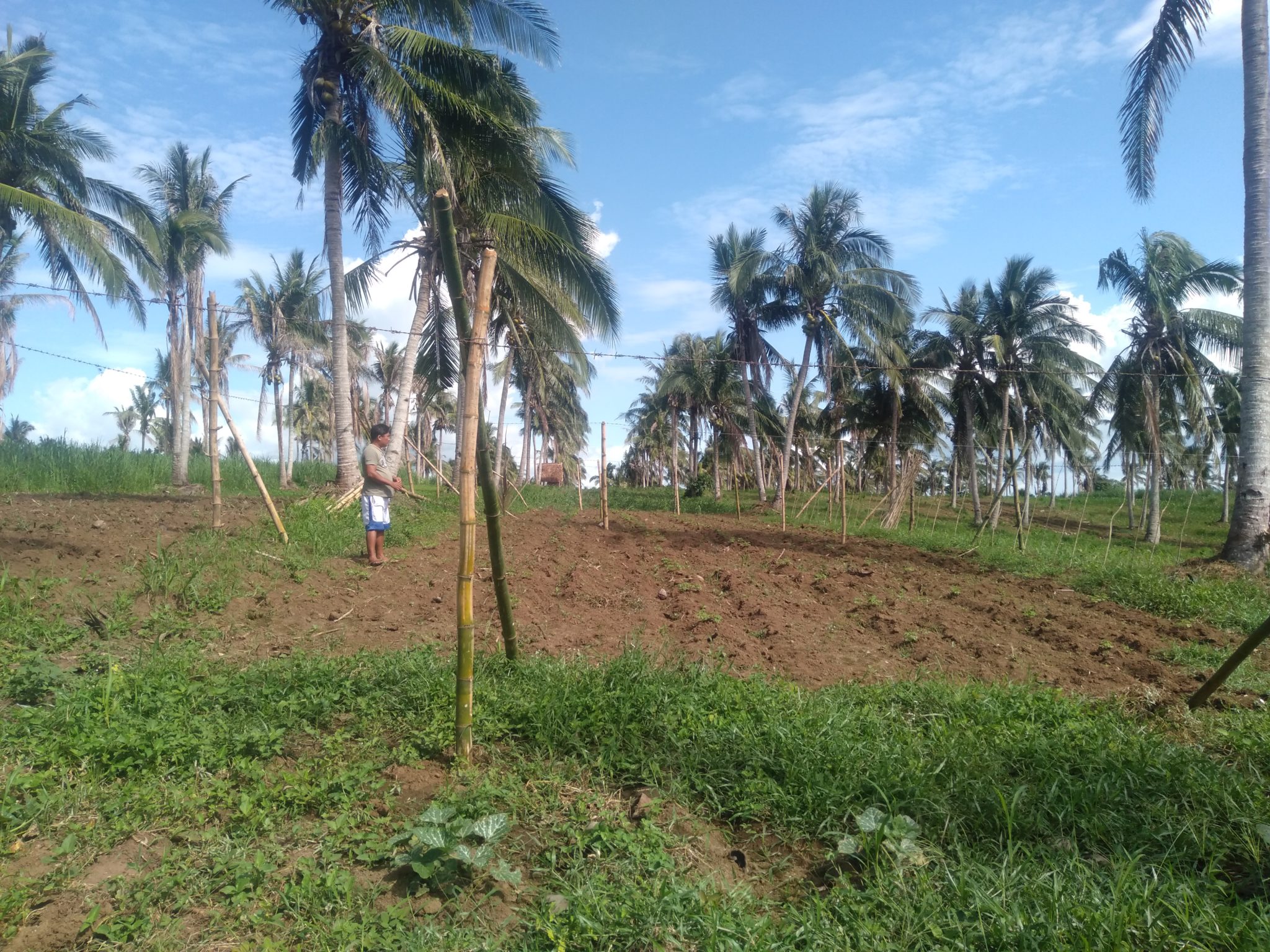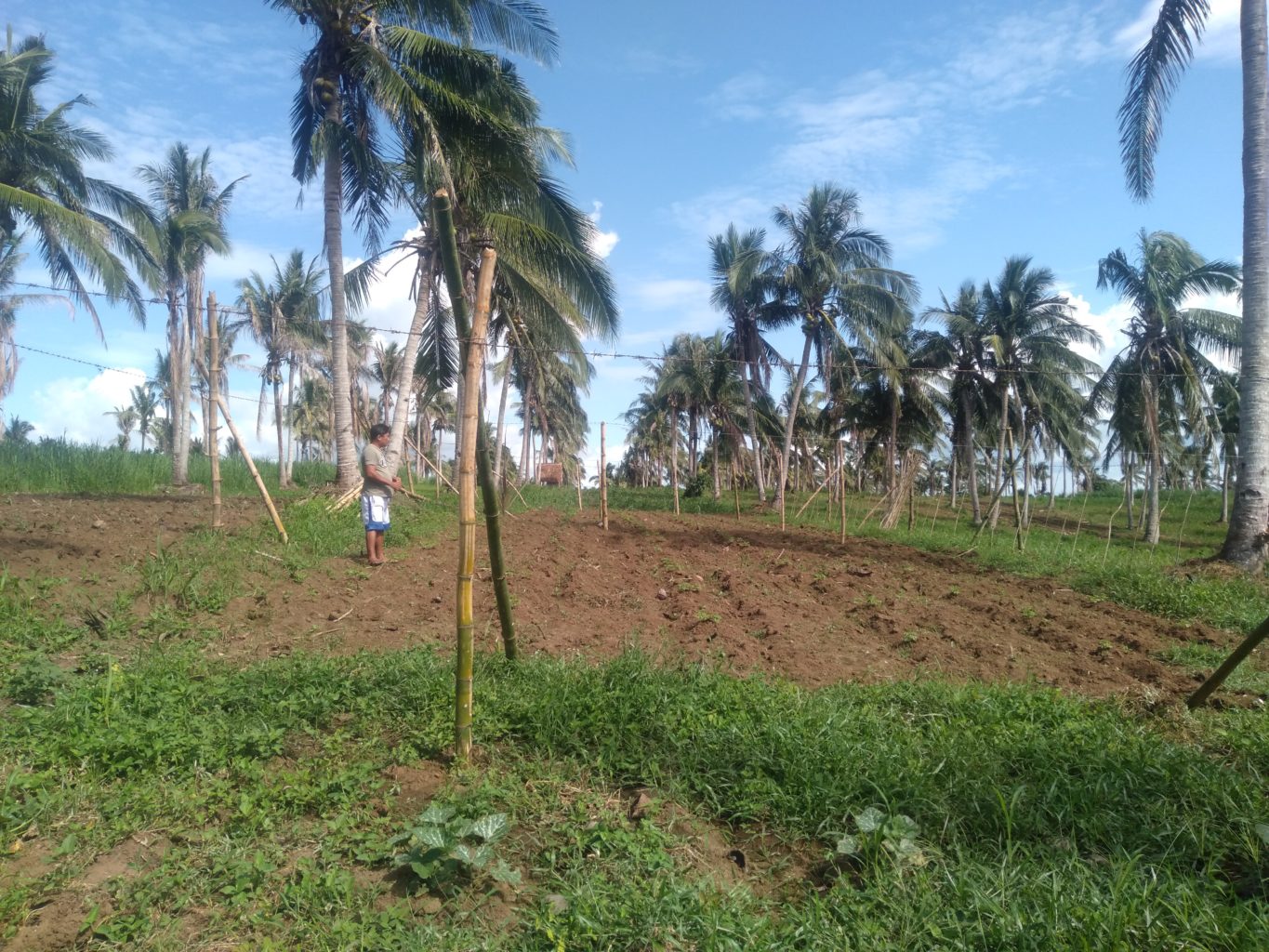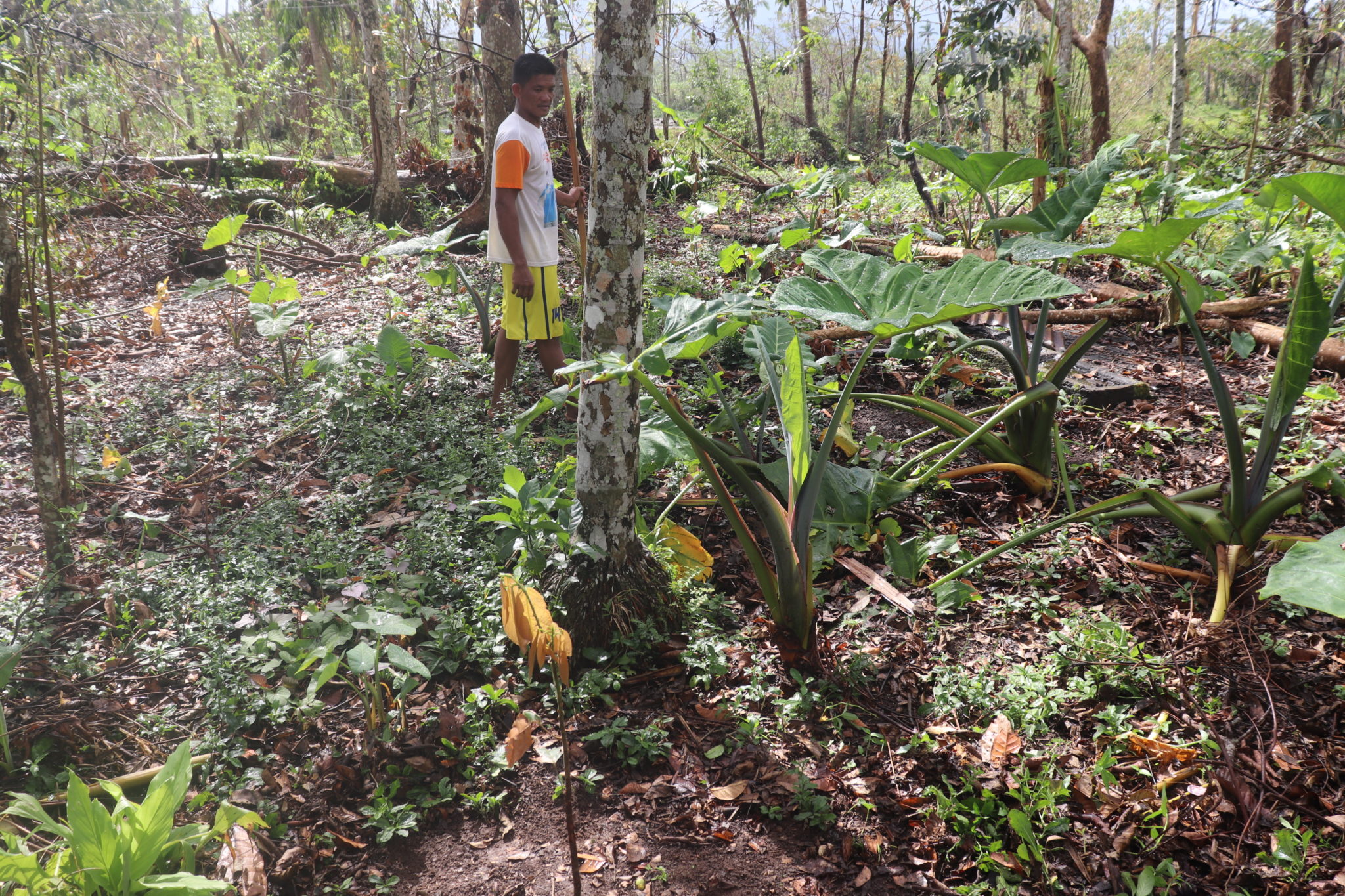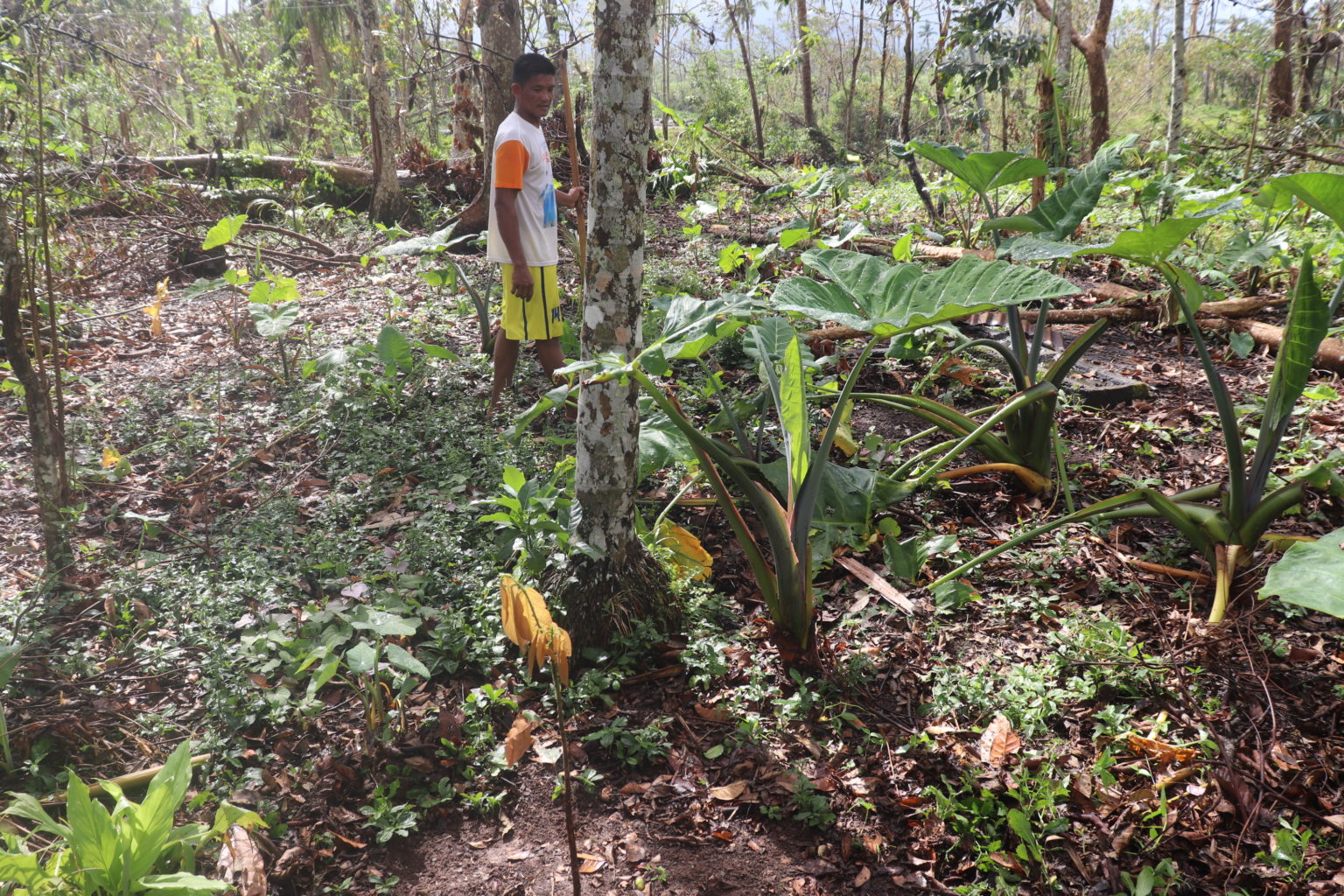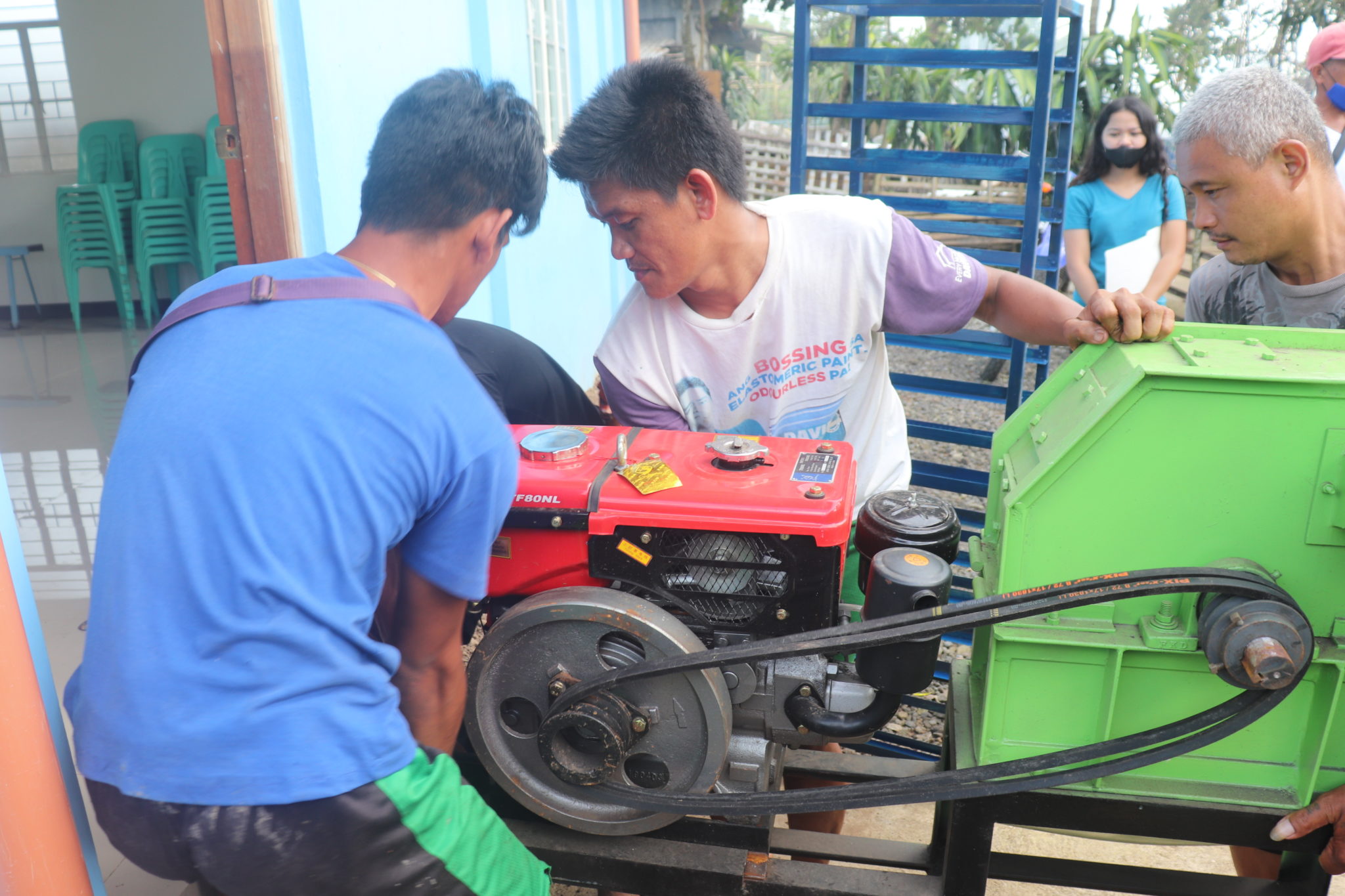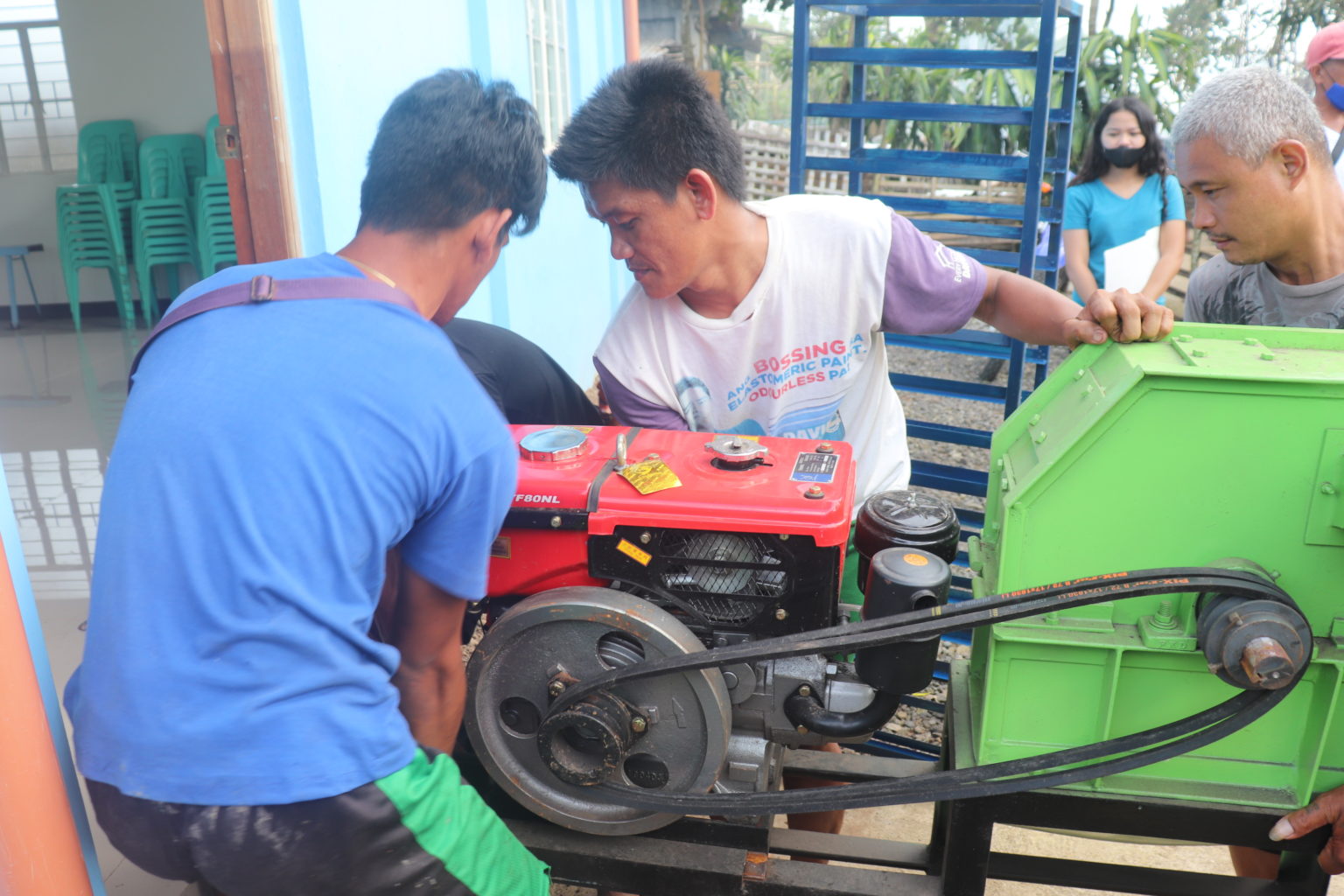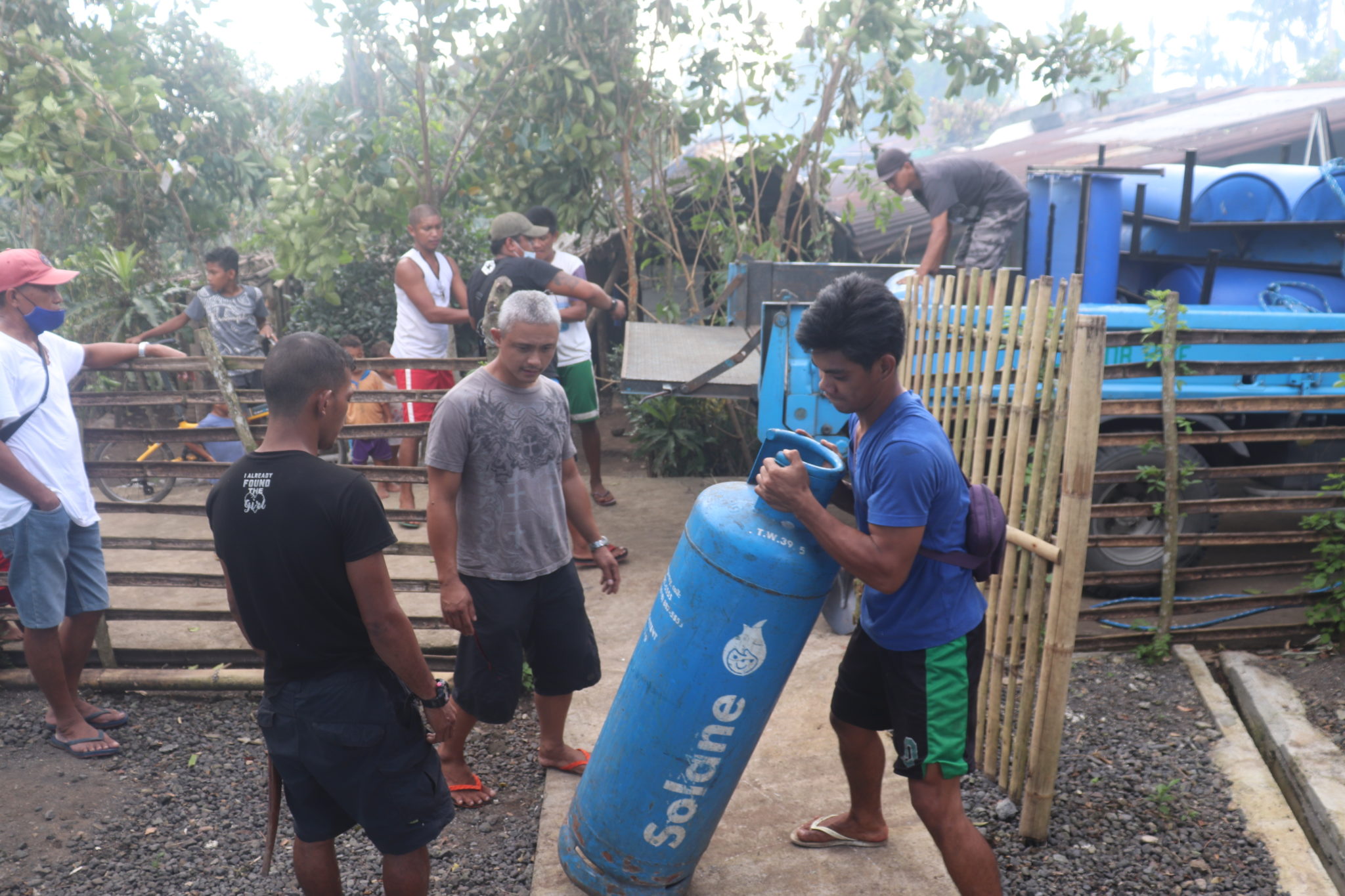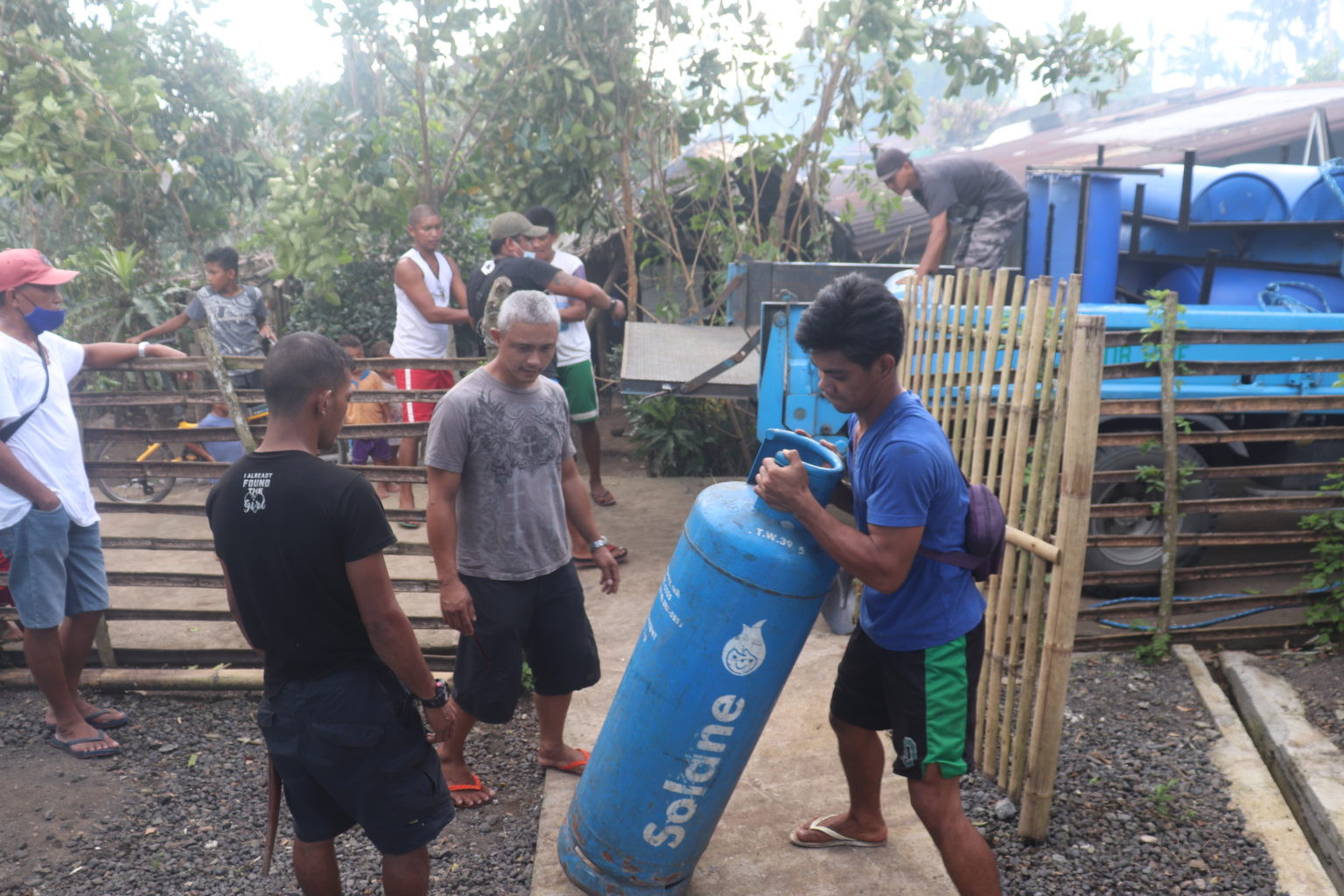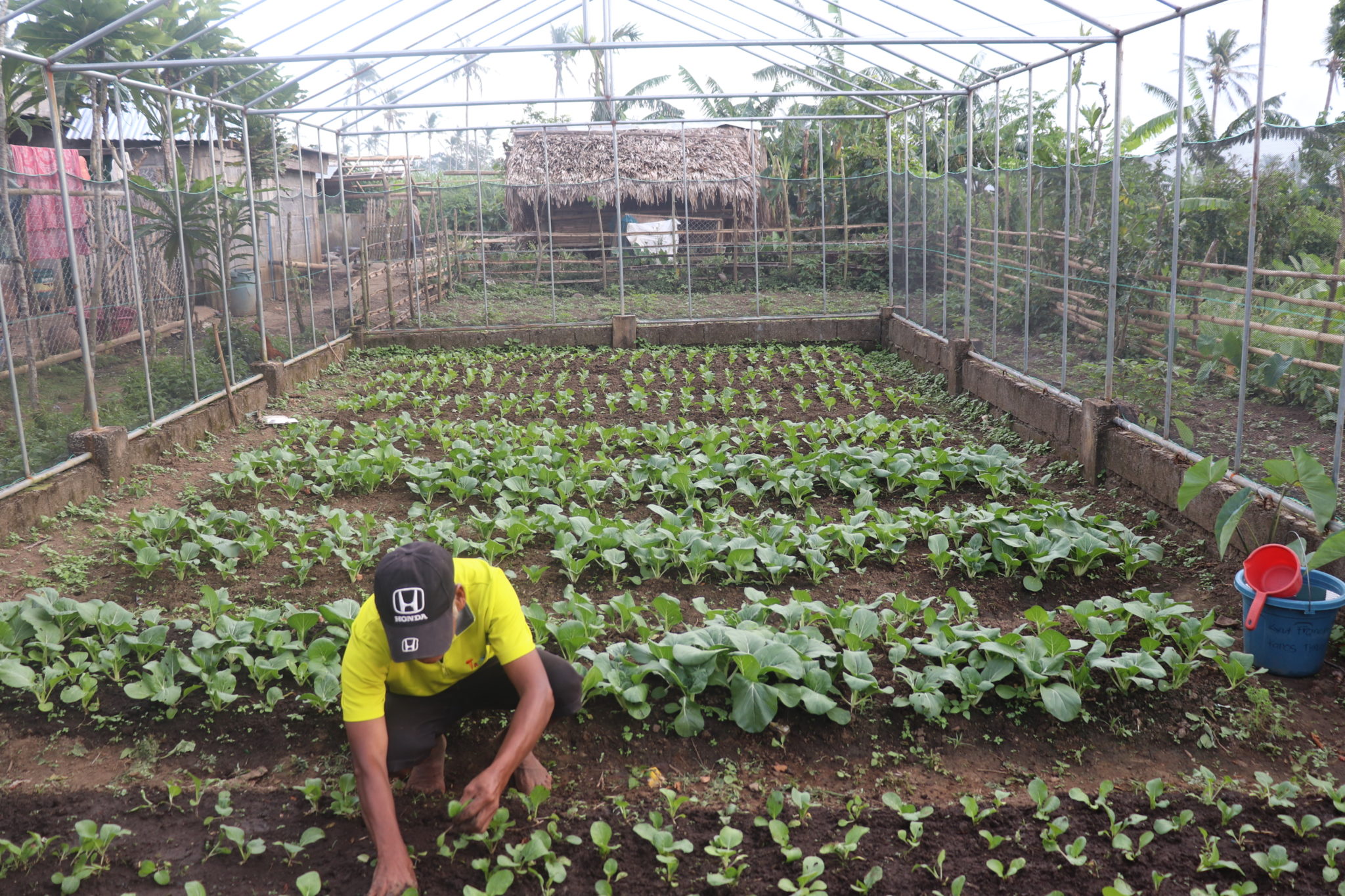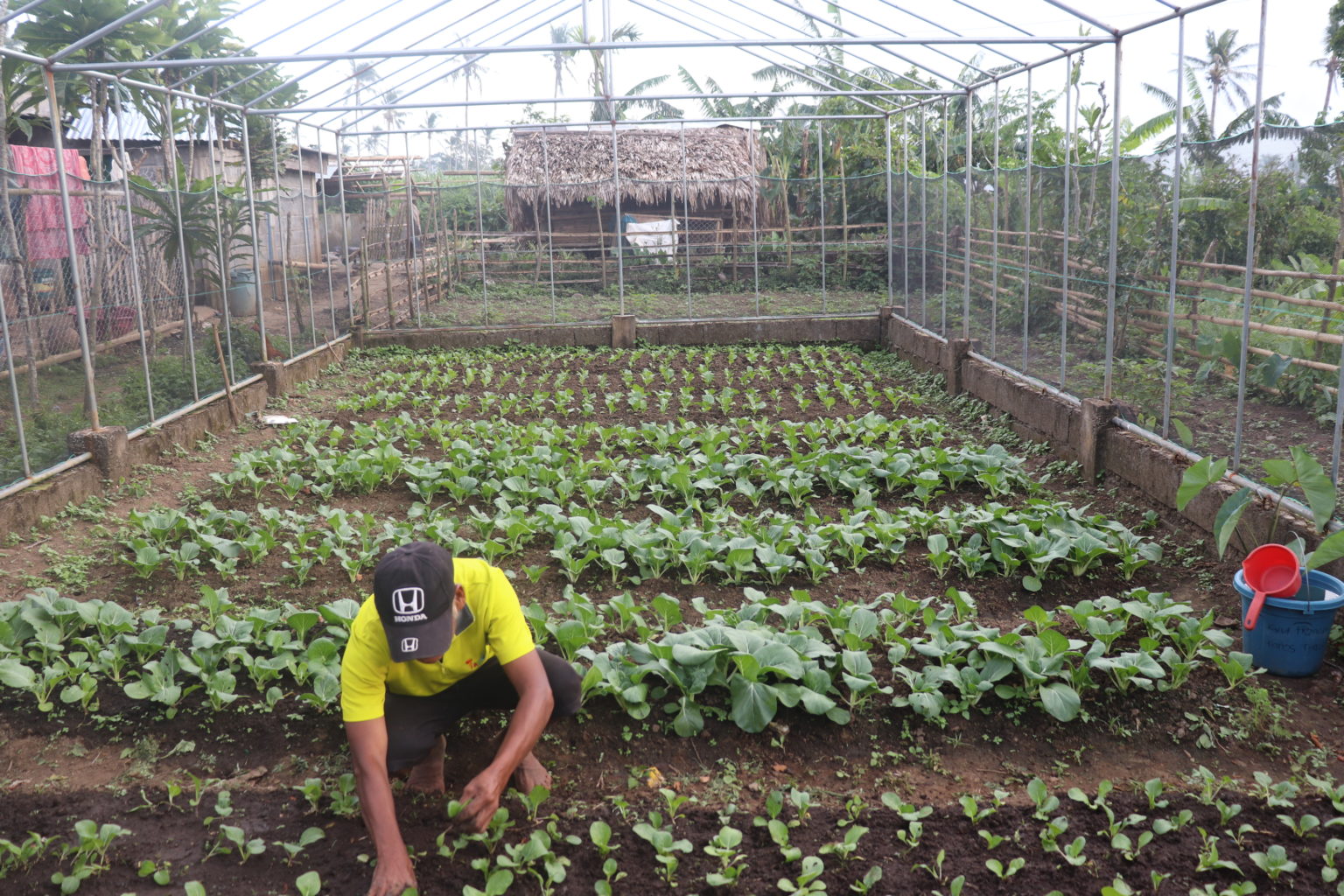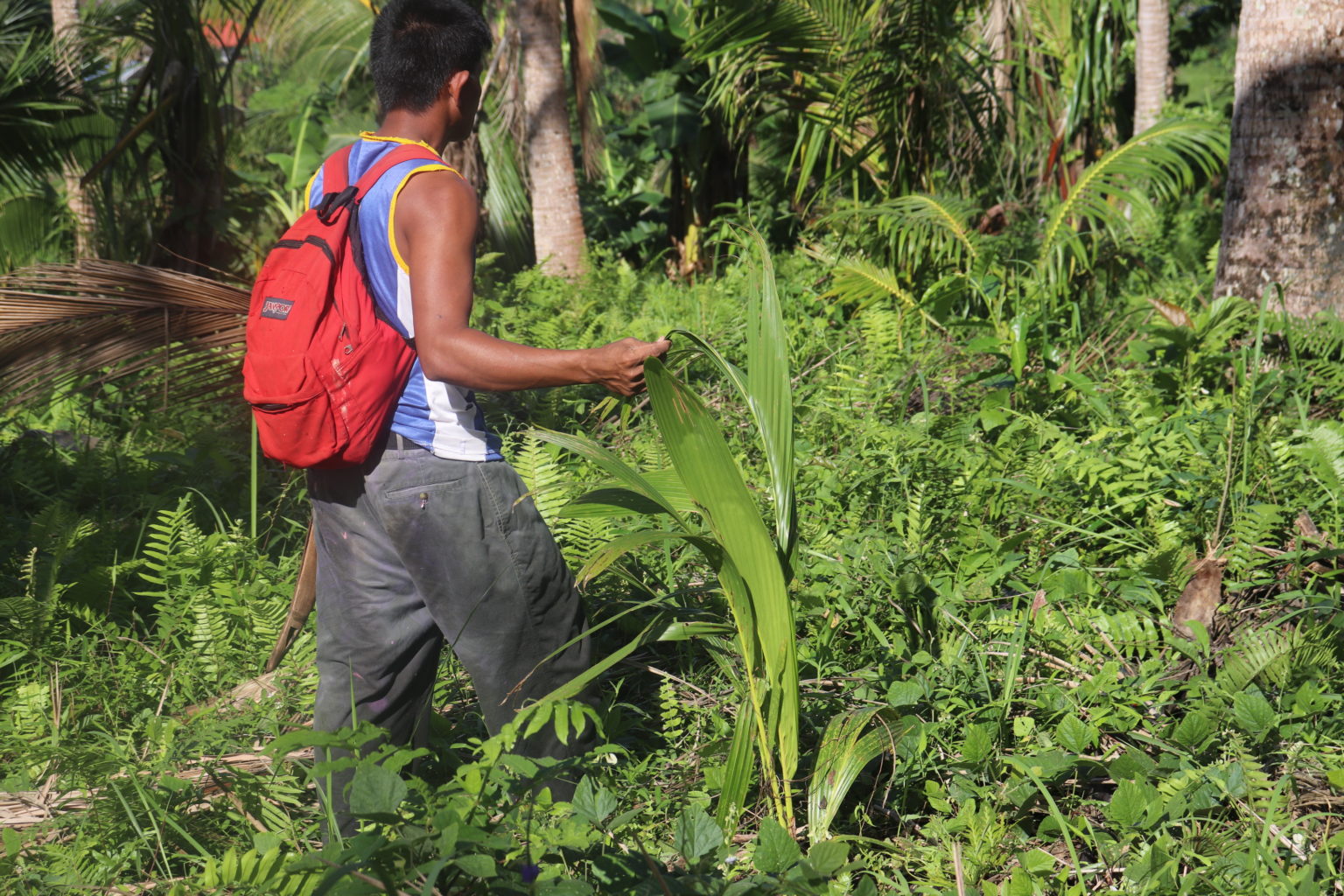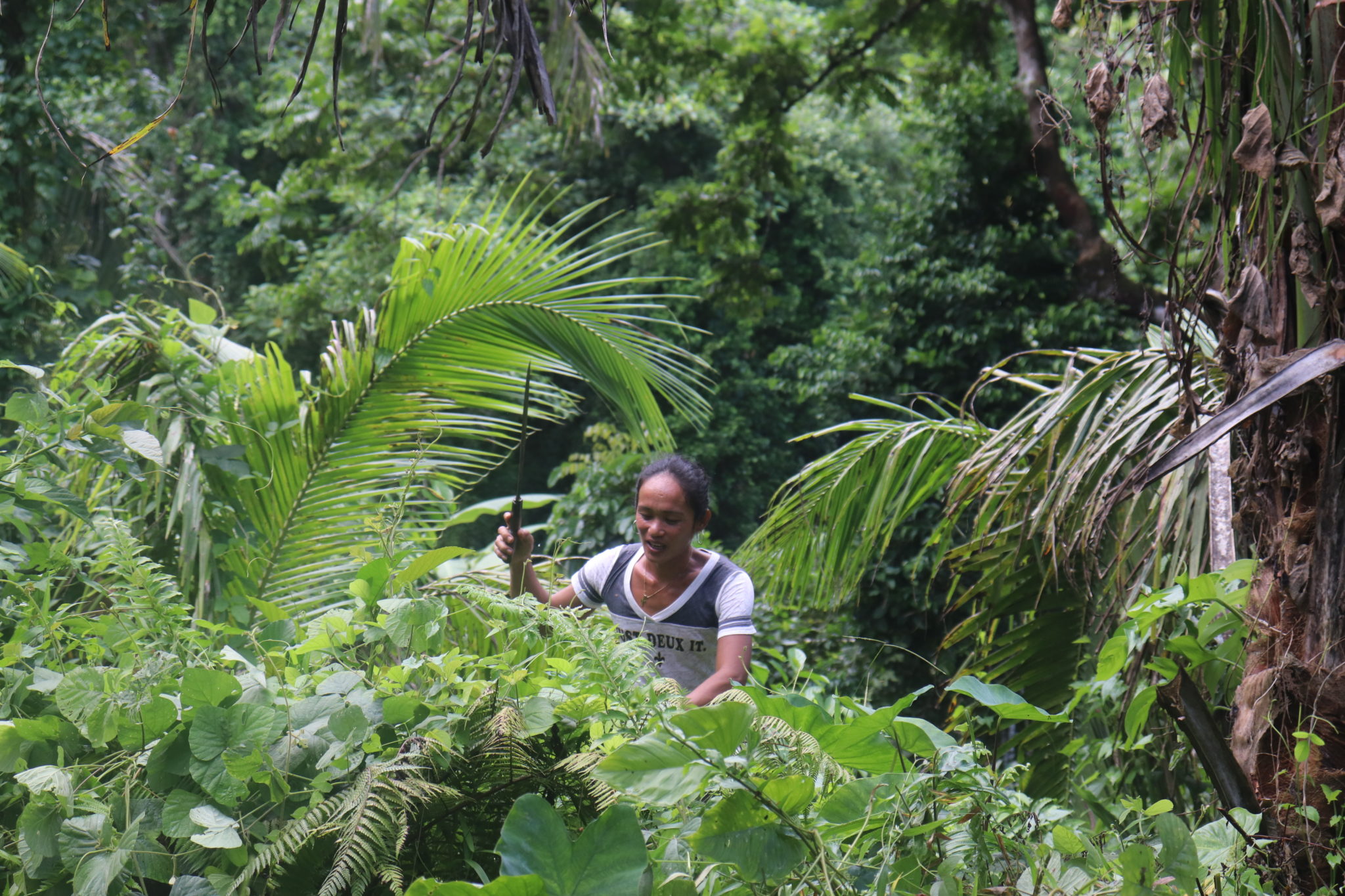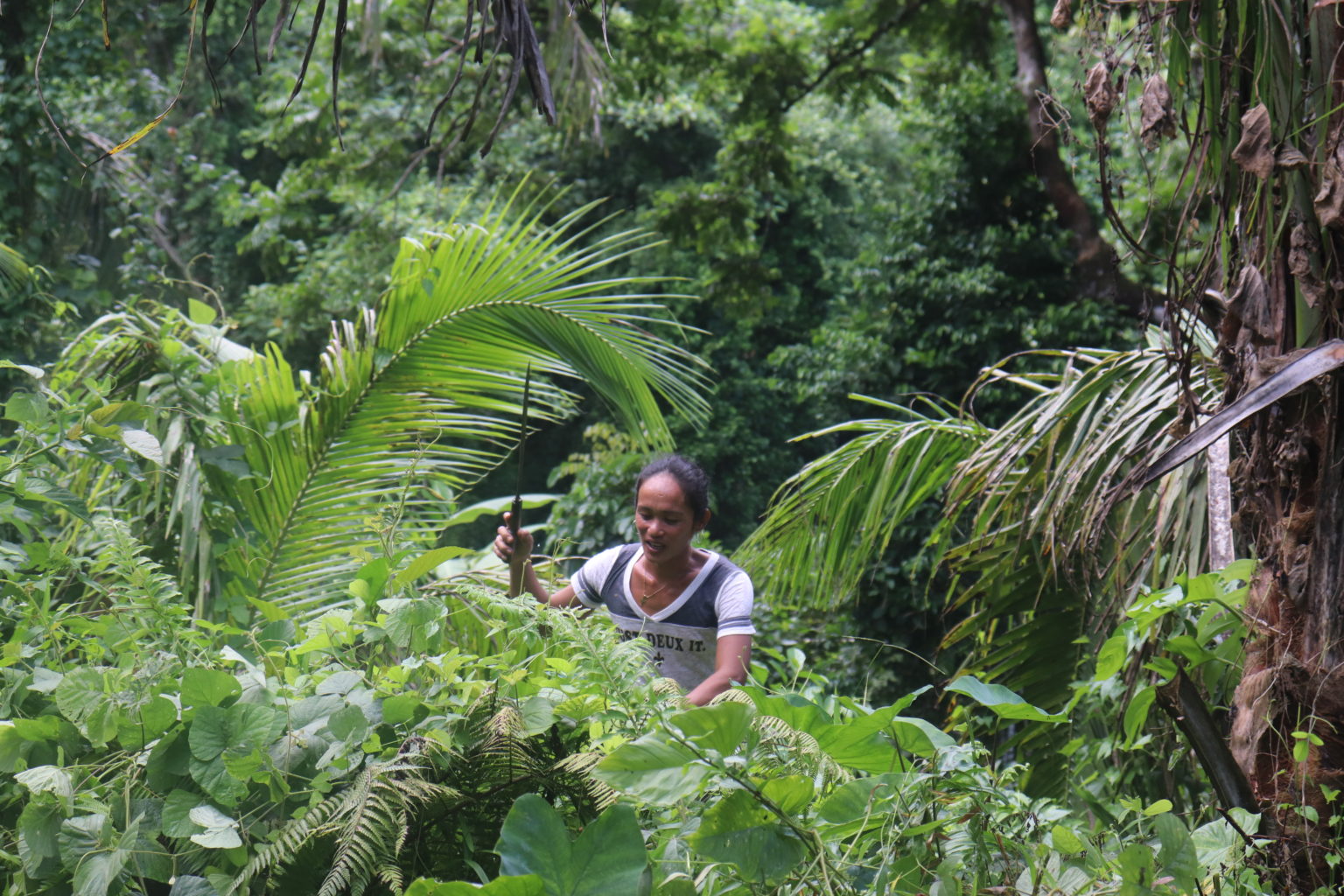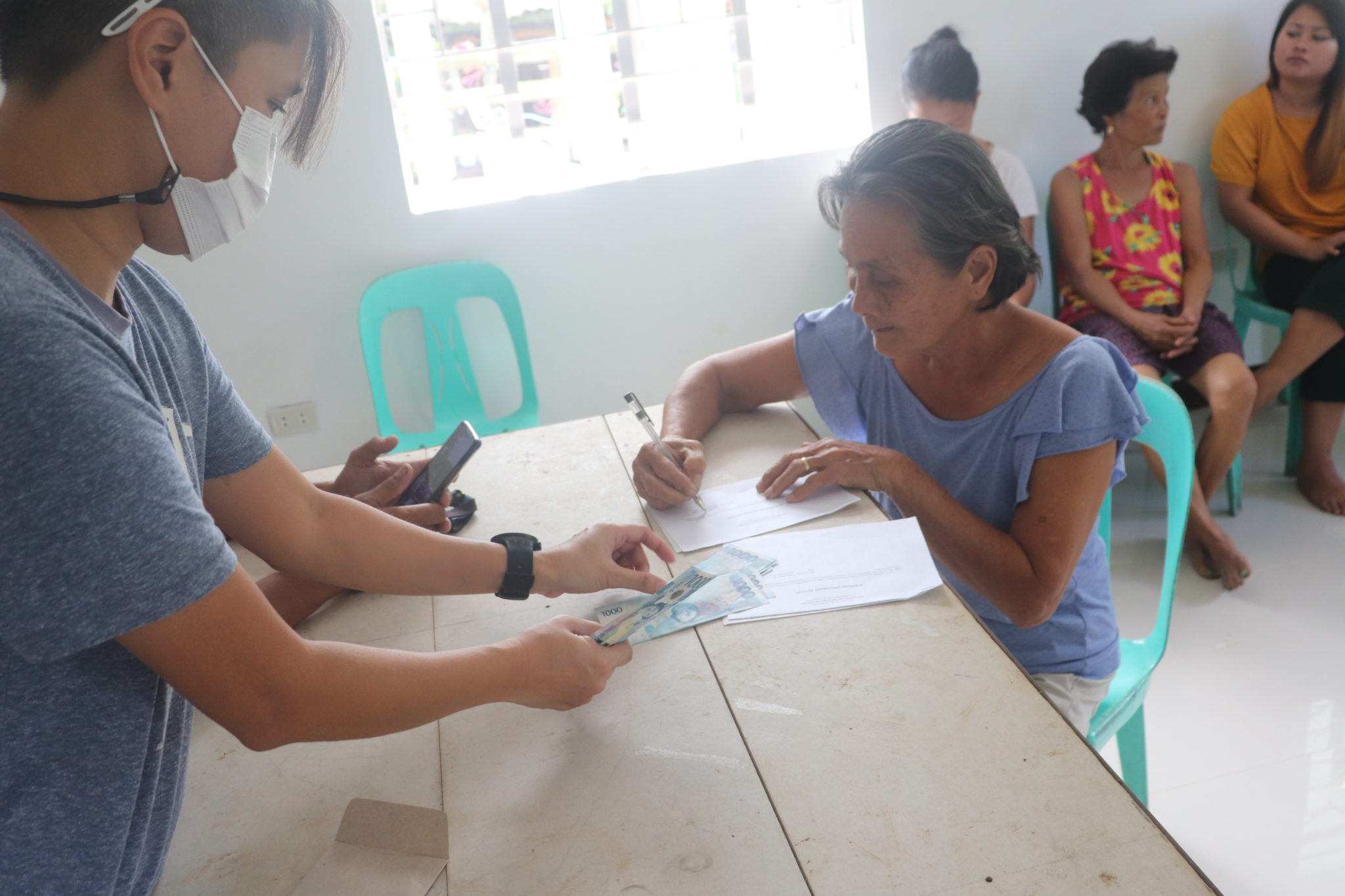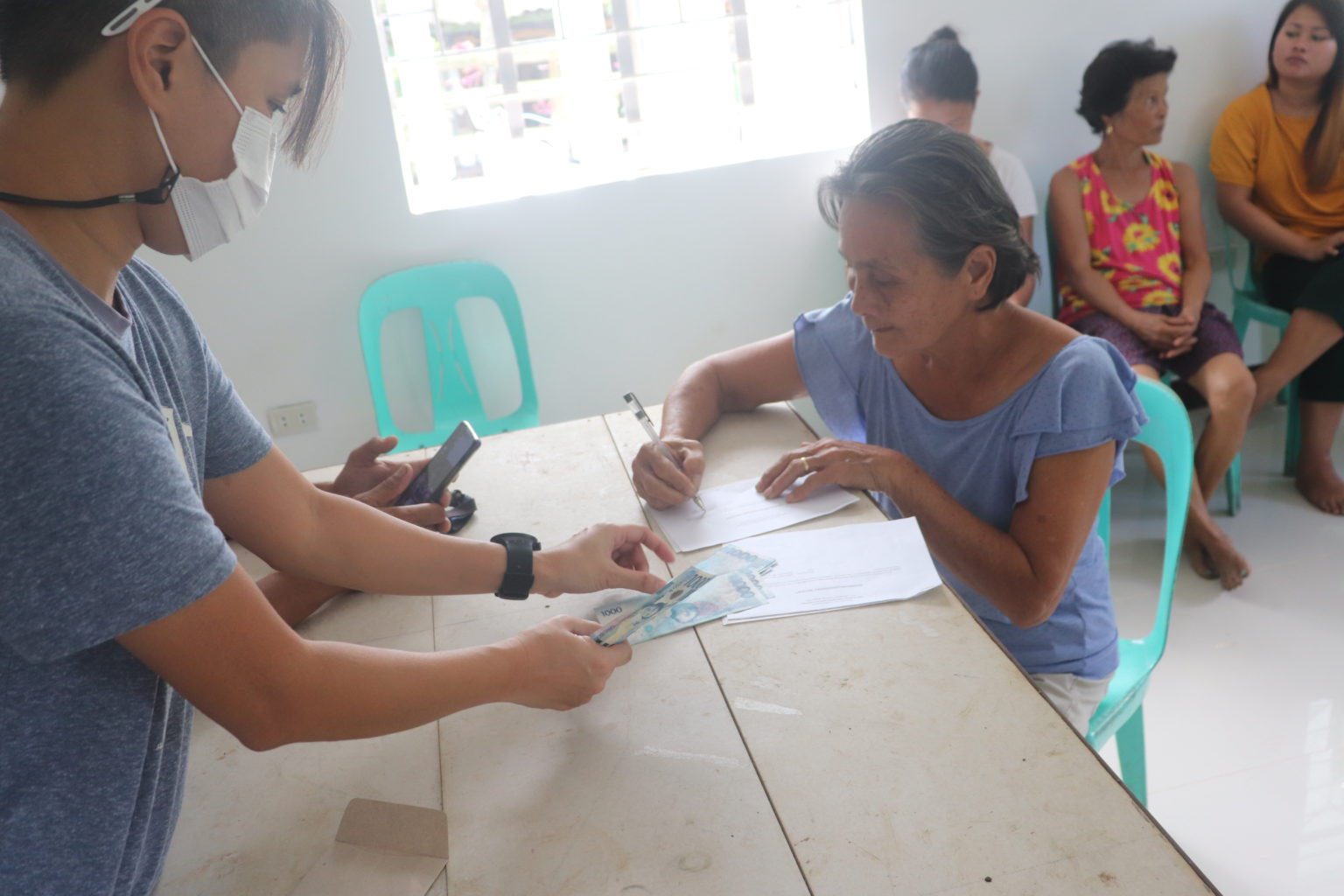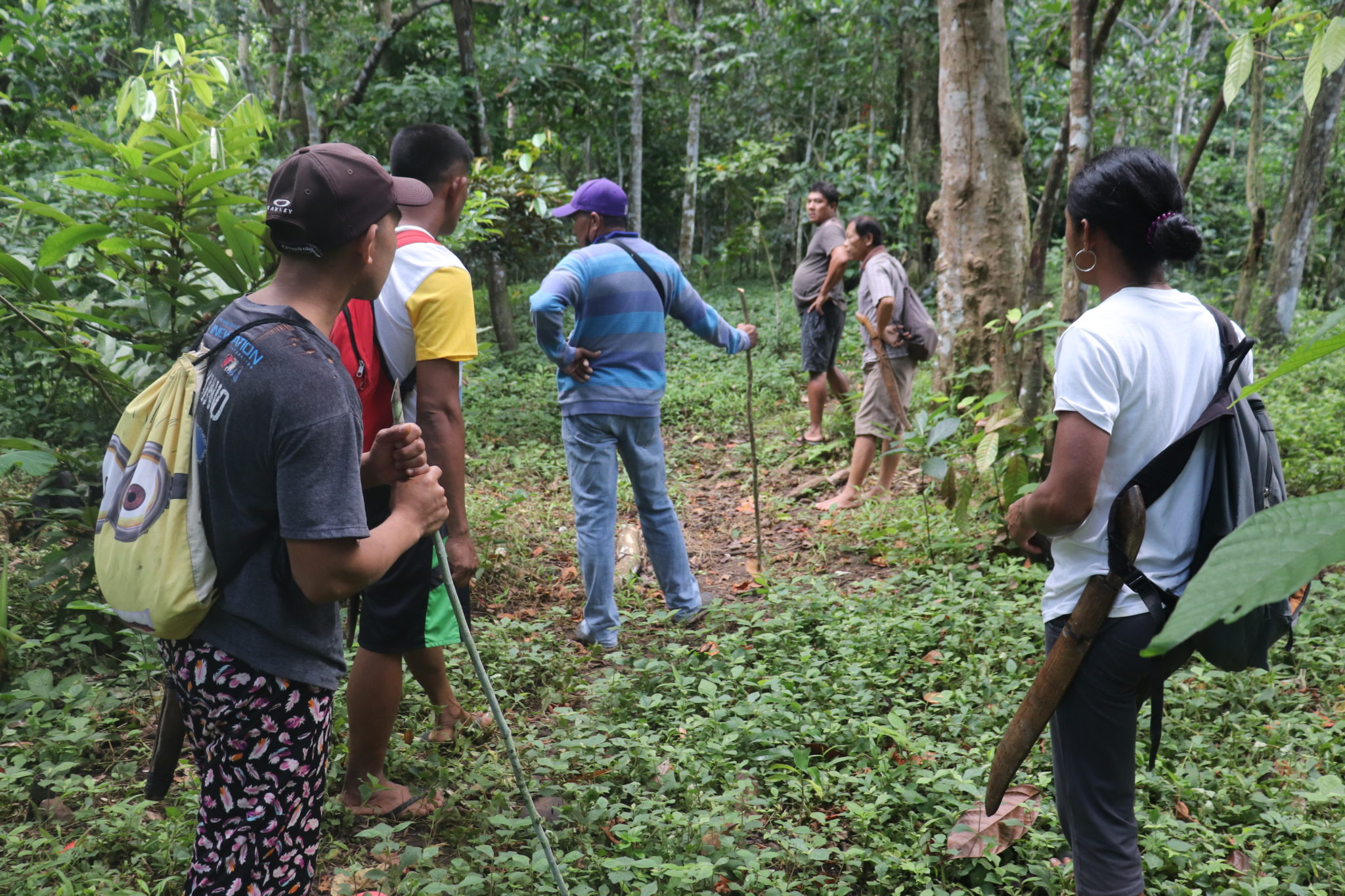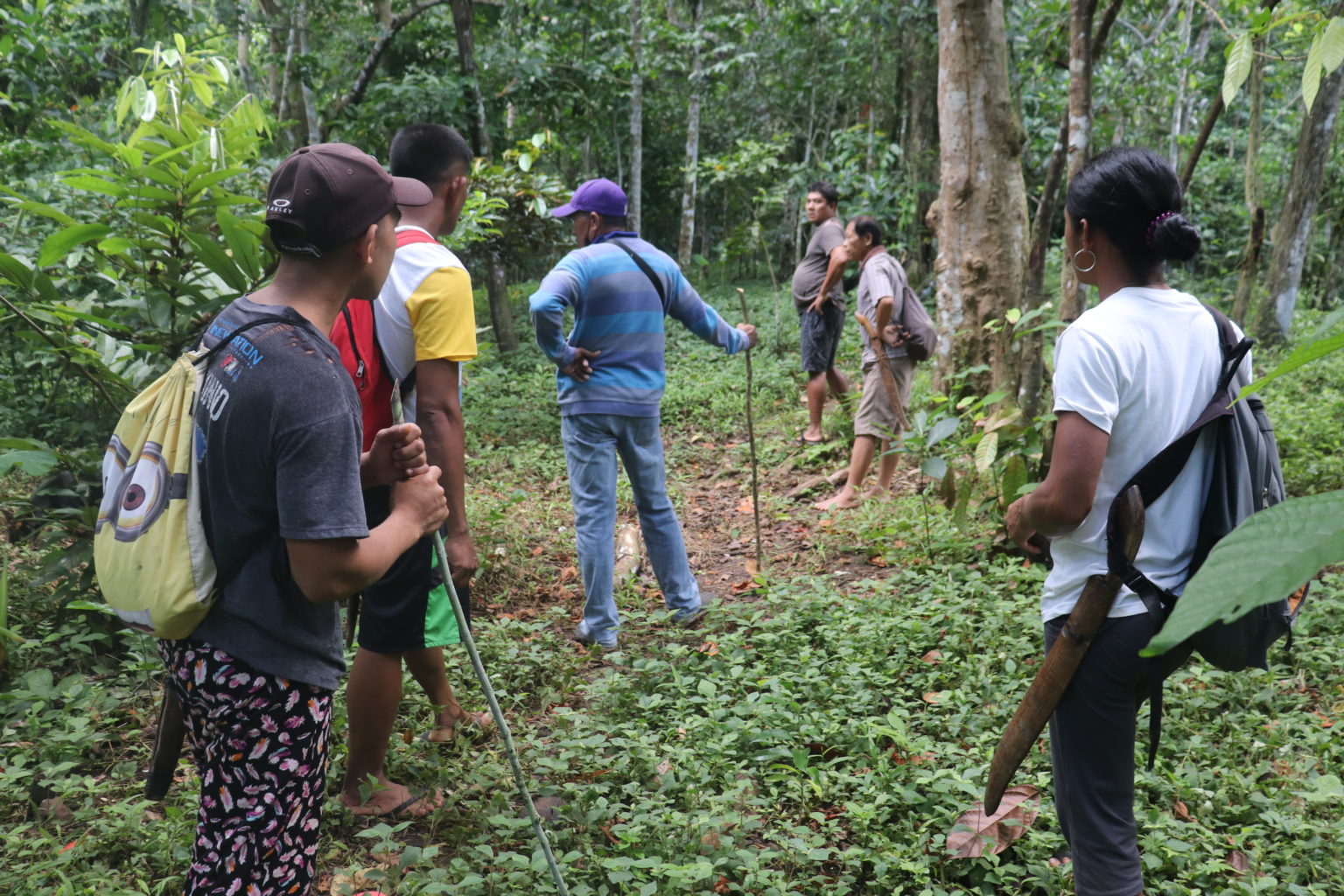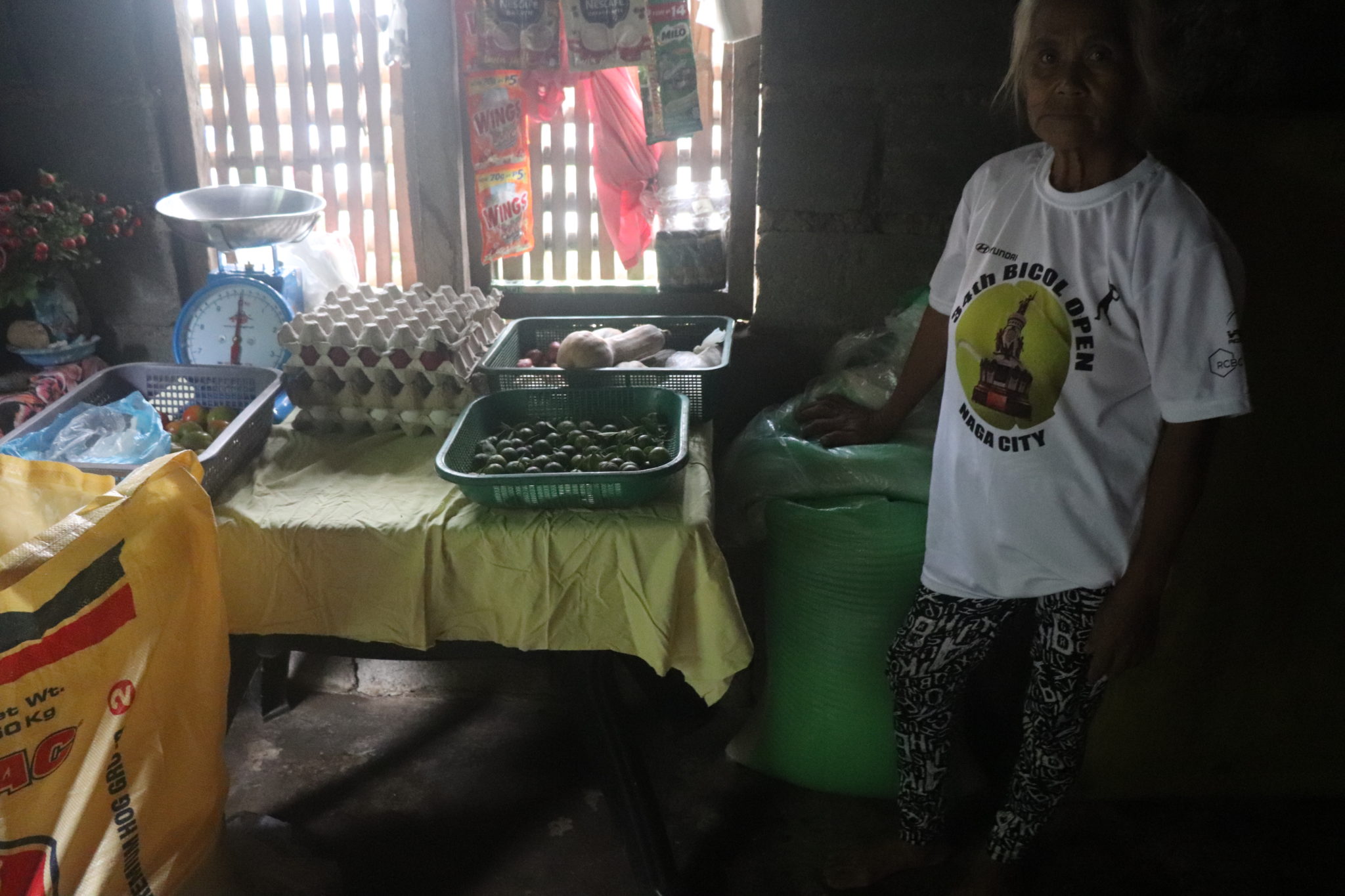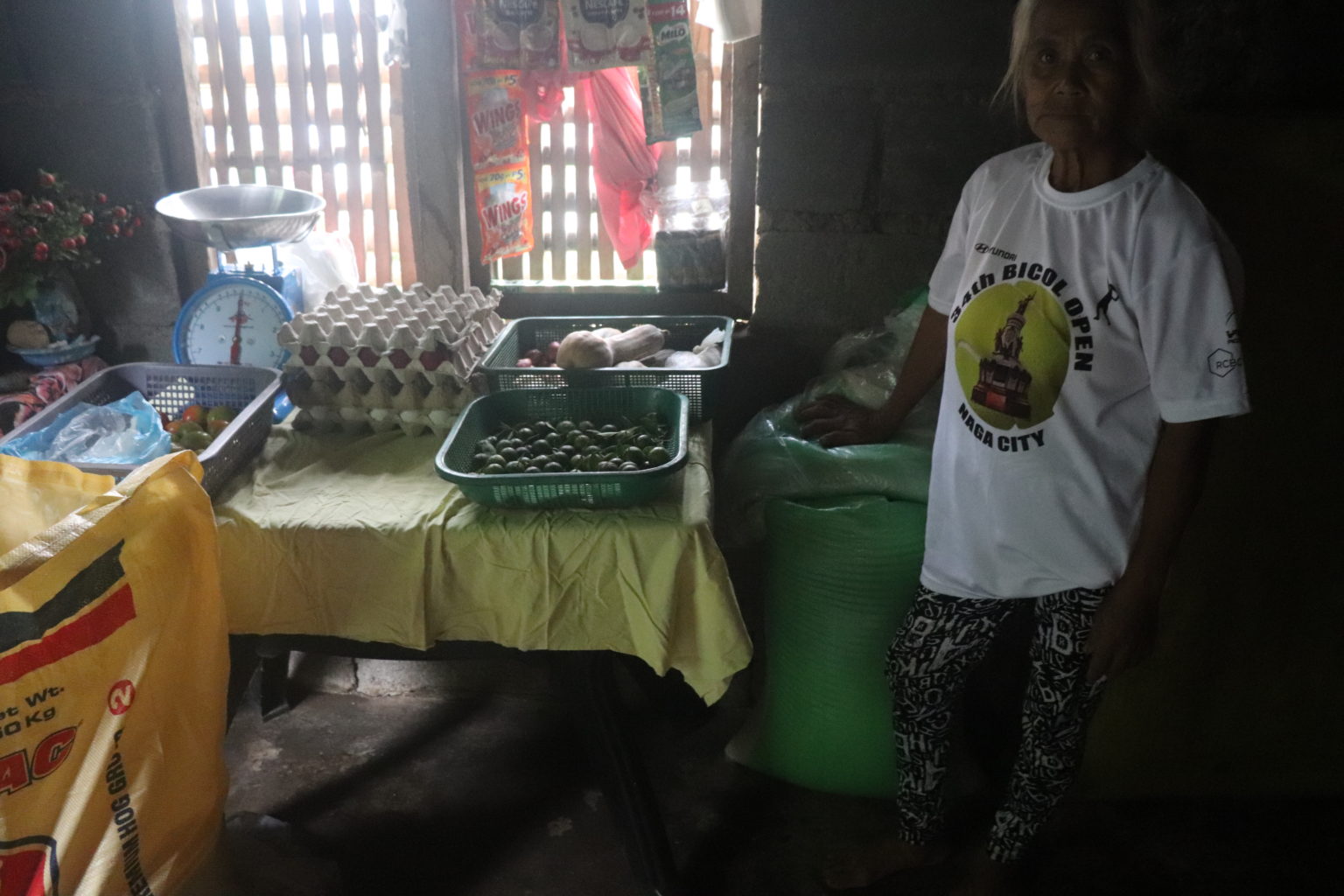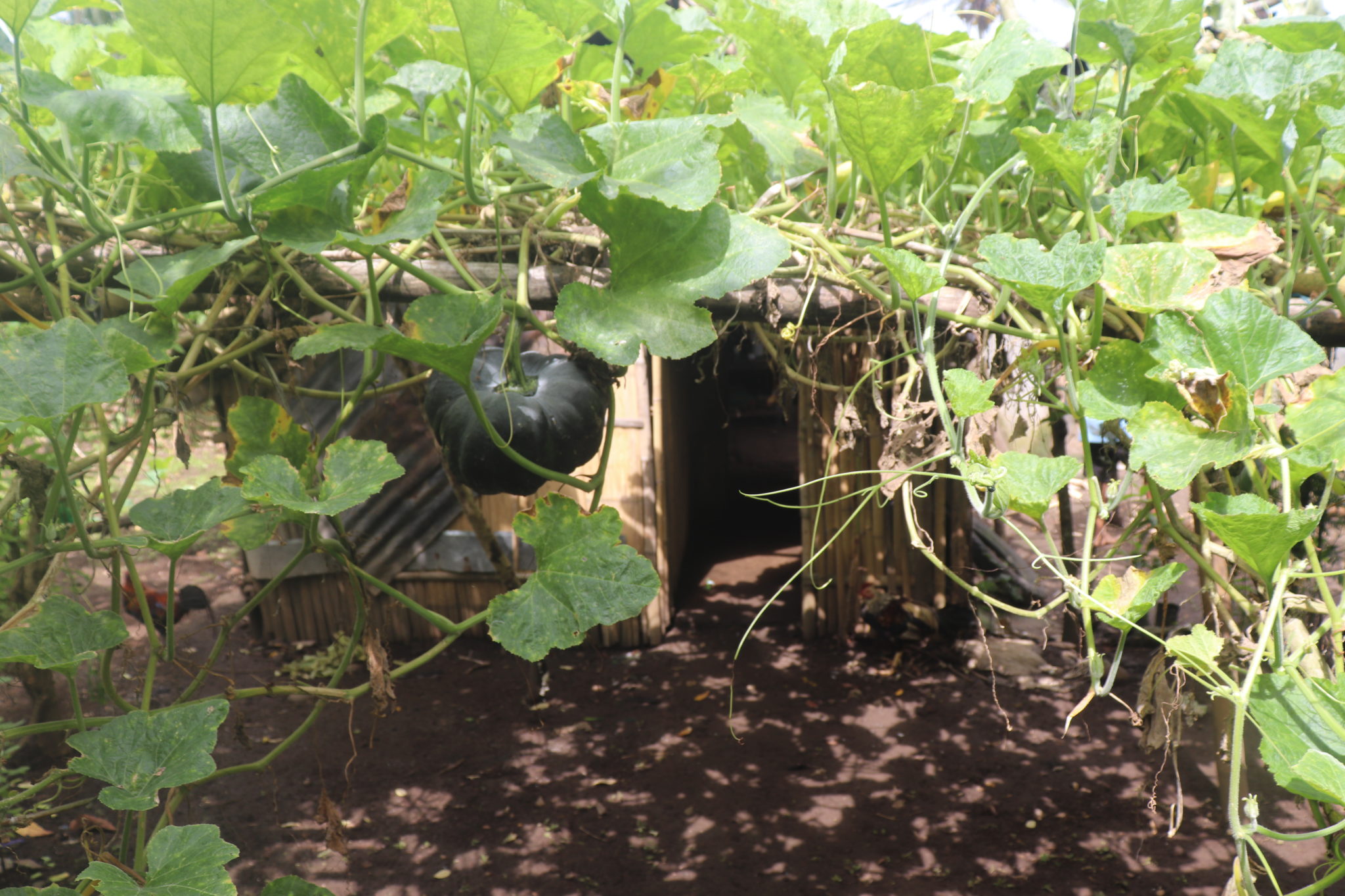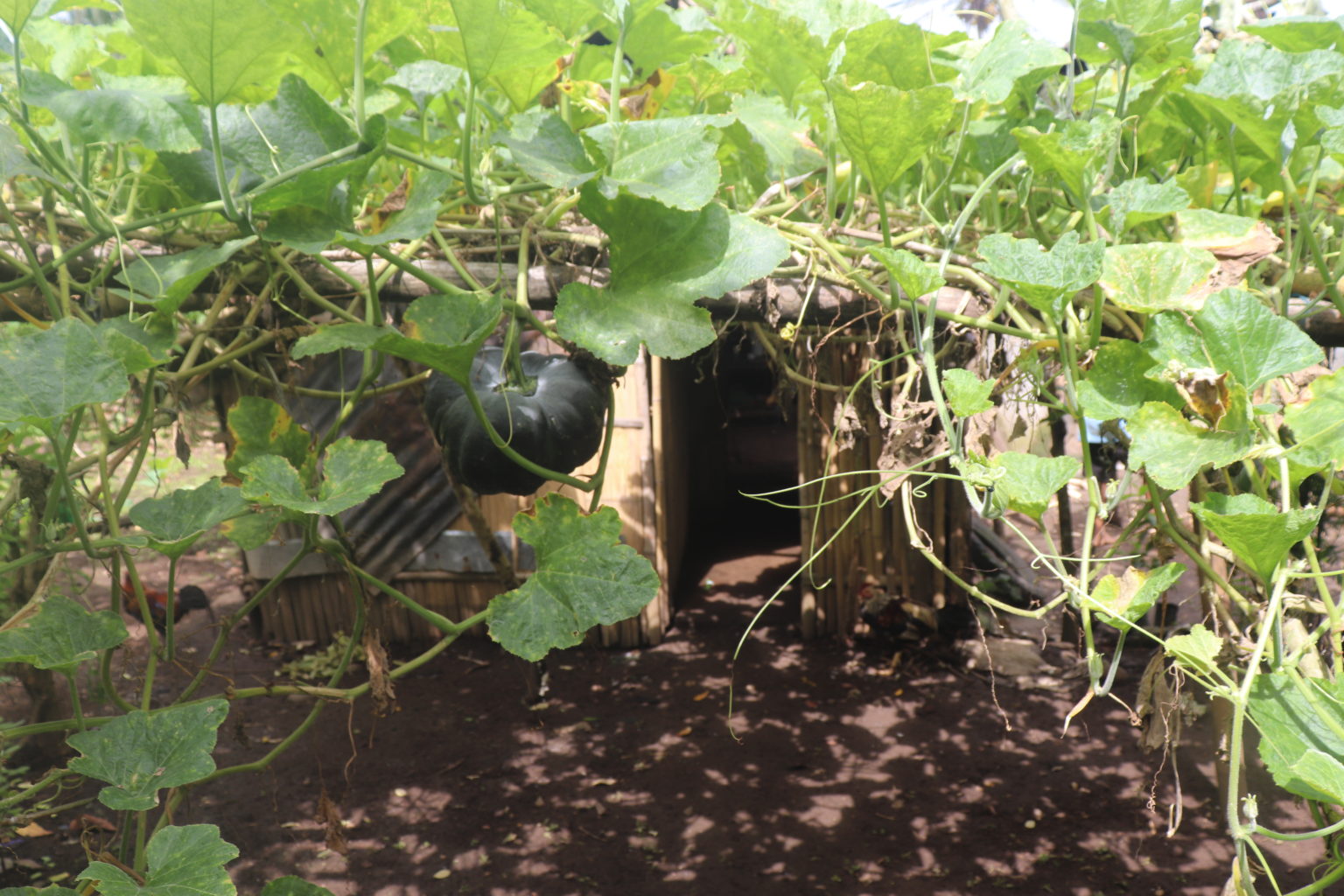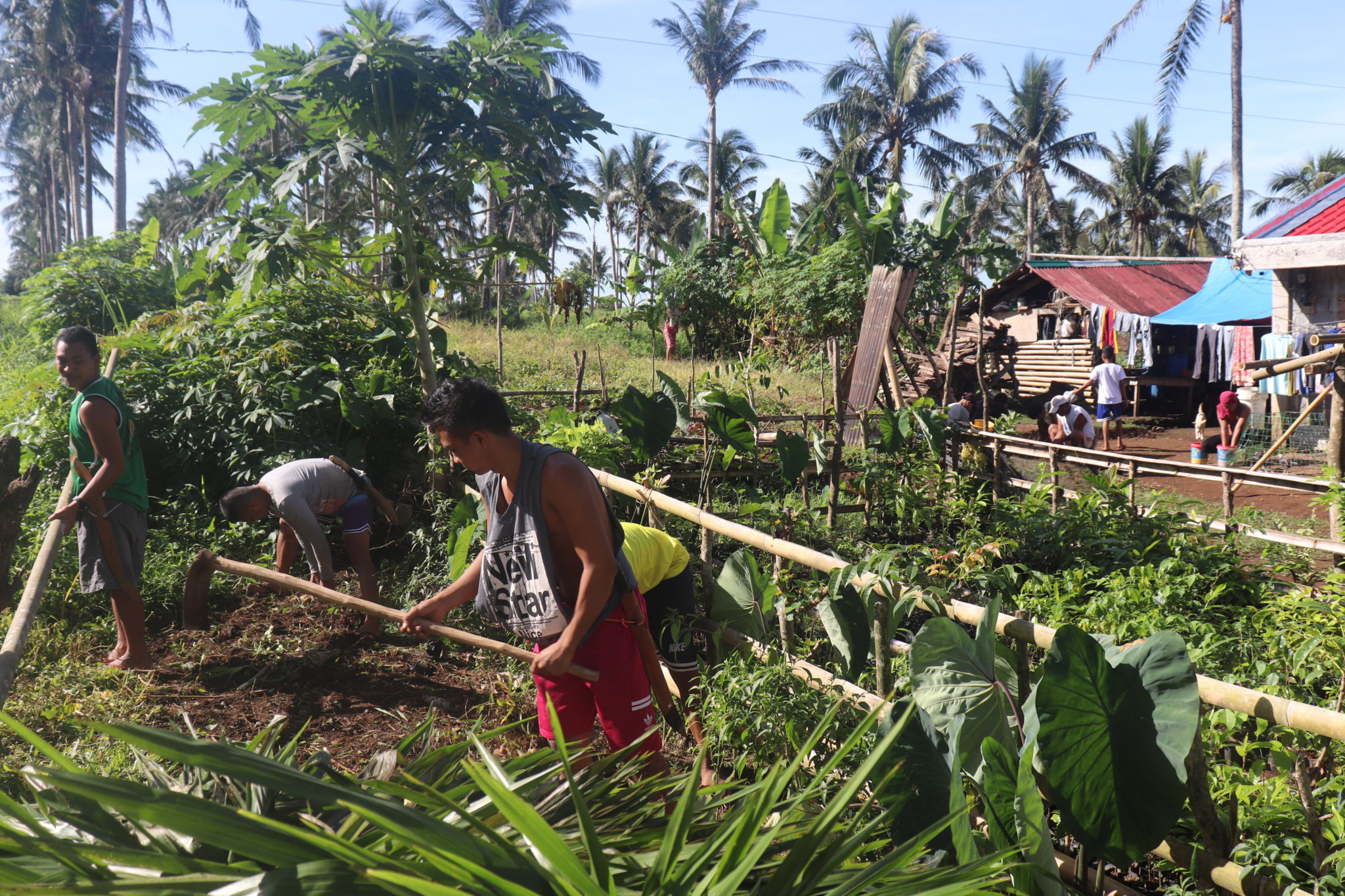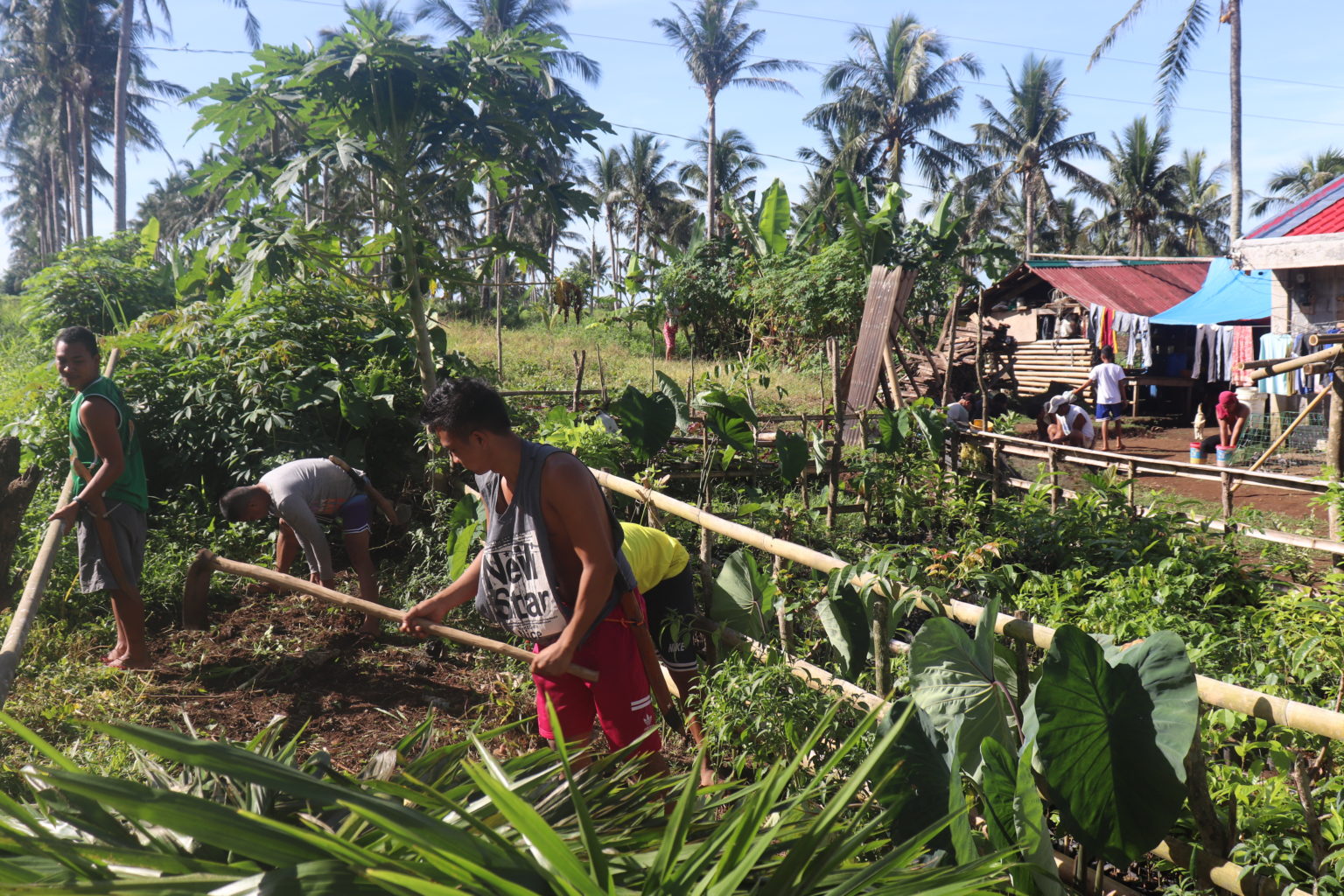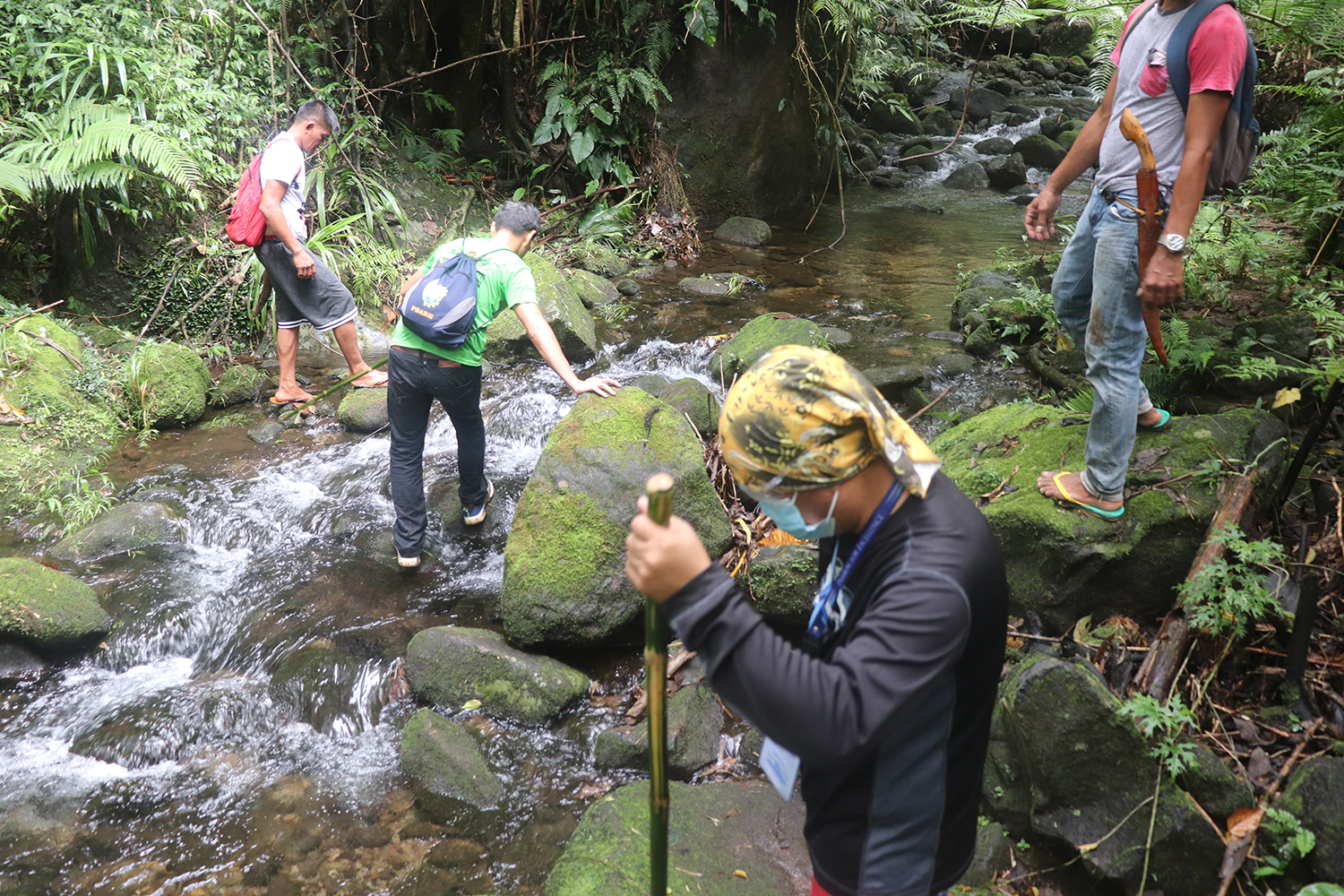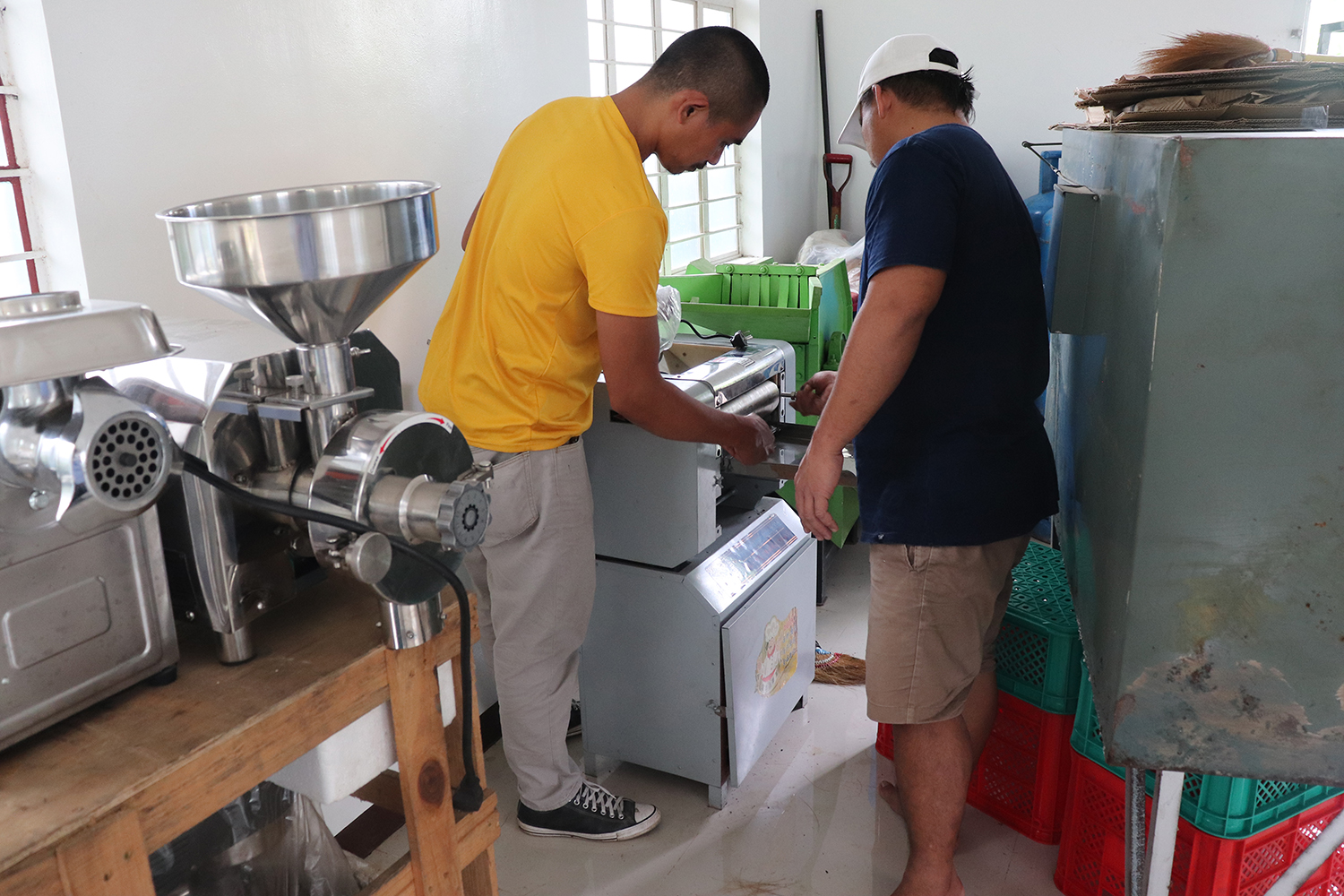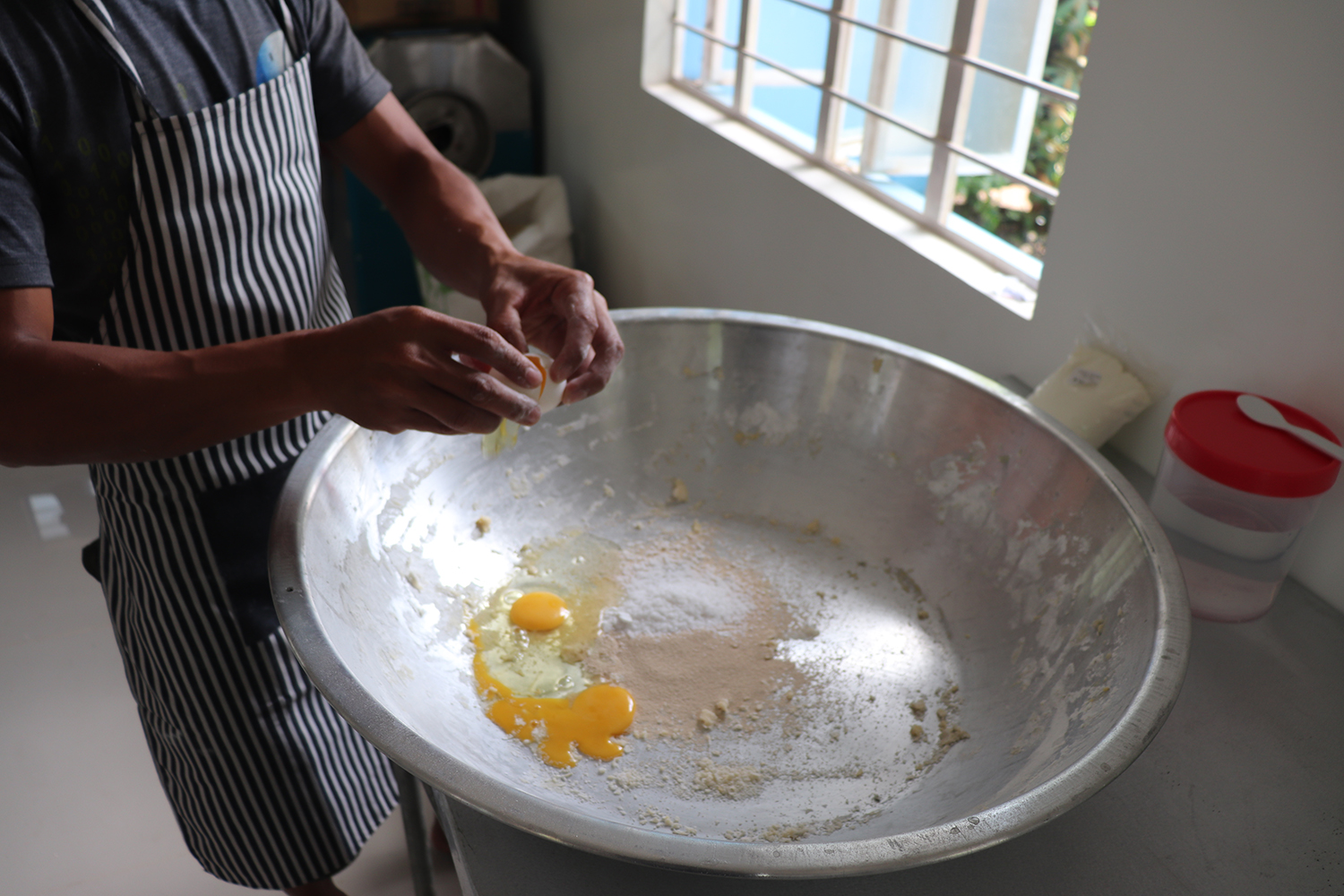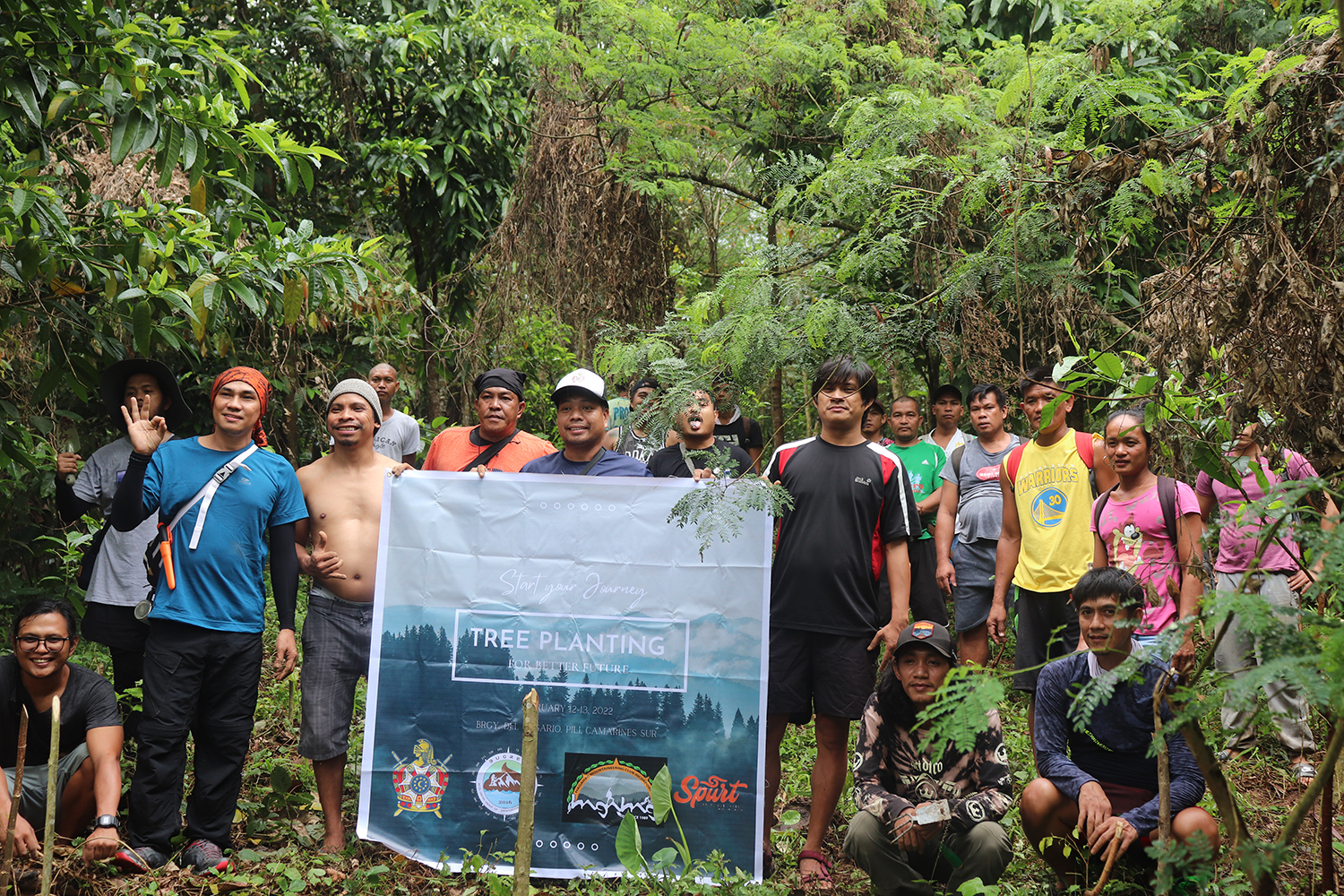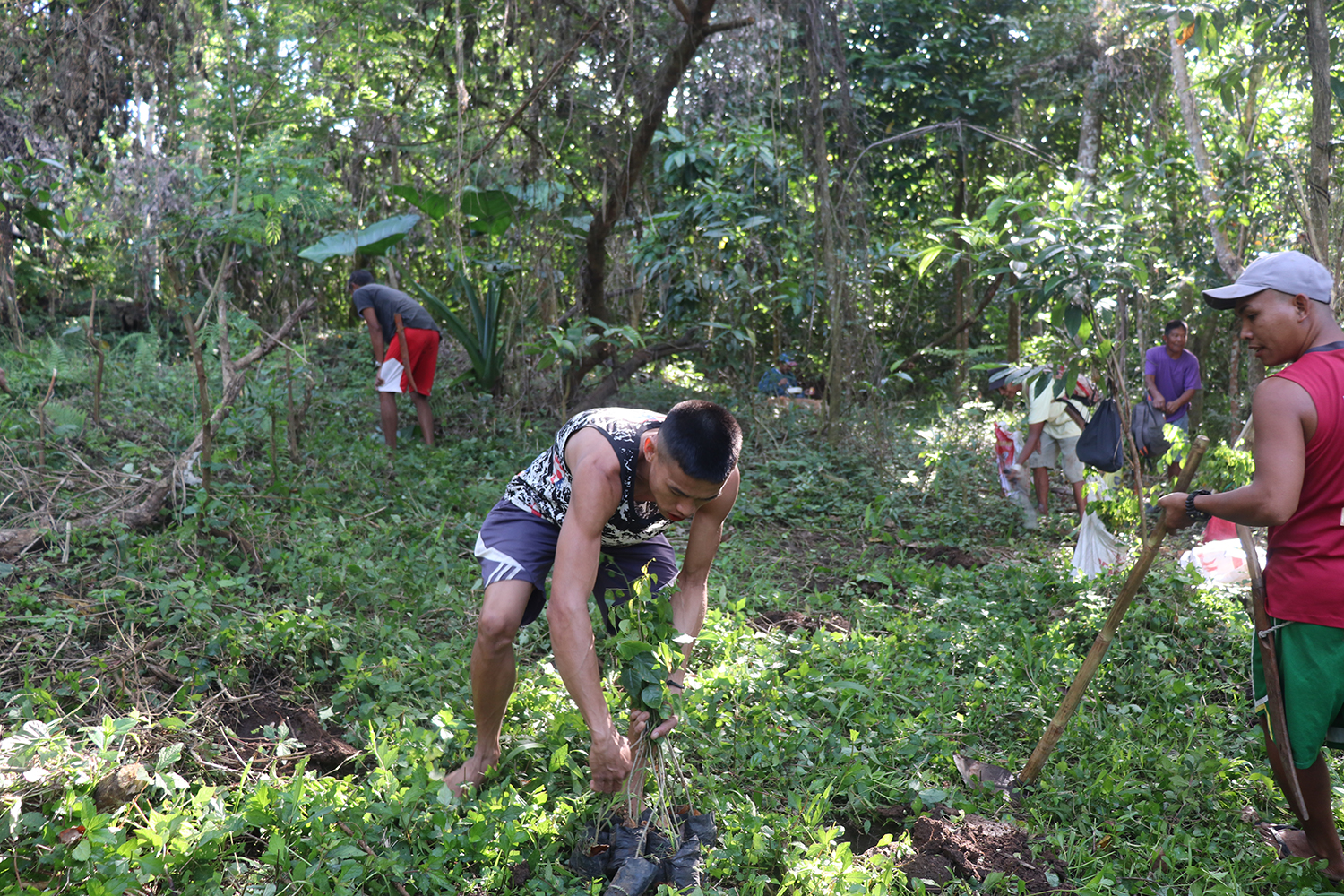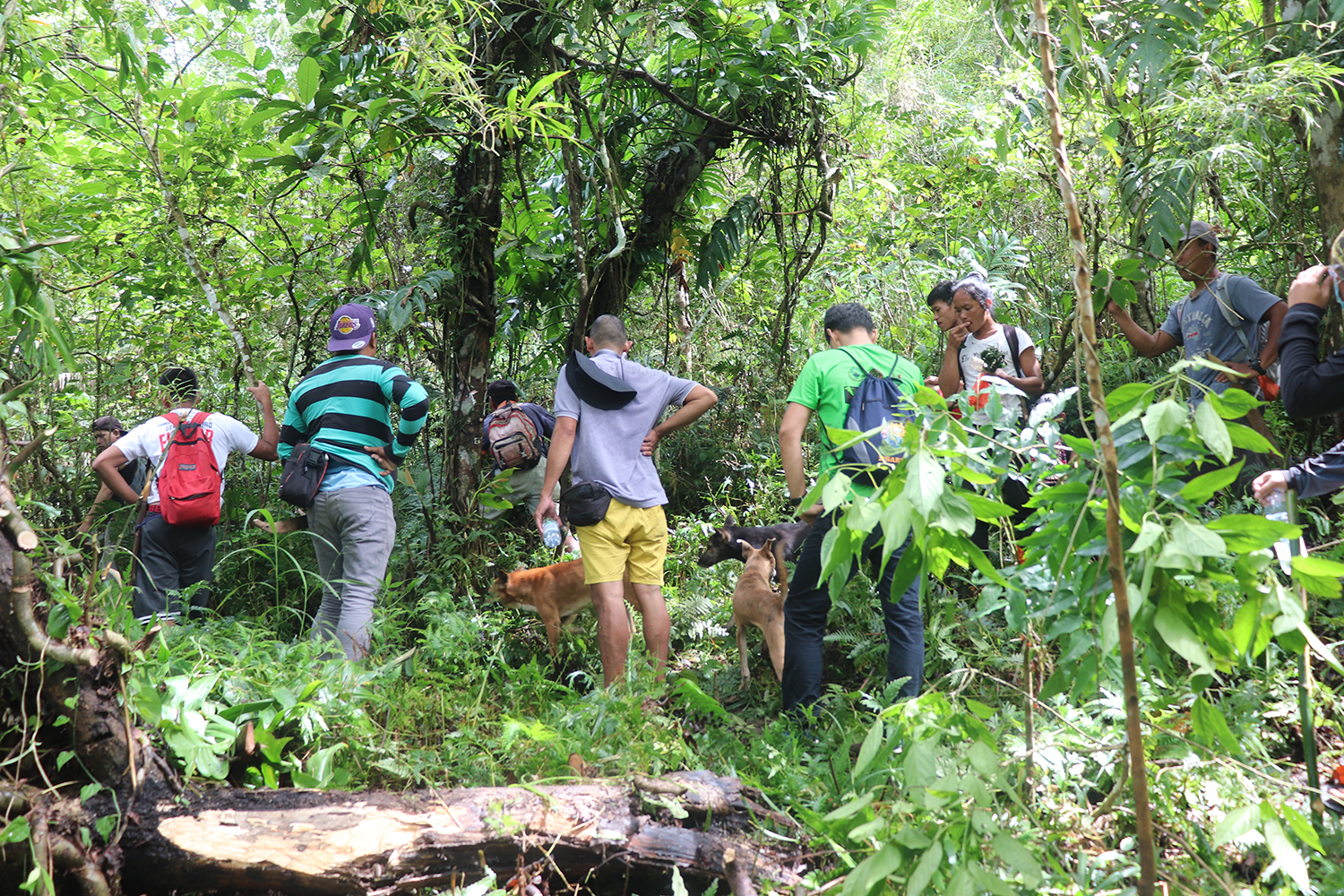In southeastern Luzon Island, Mount Isarog—a dormant 6,600-foot volcano—towers over one of the Philippines’ key biodiversity areas. The 783-acre Anayan-Rumangrap Watershed supplies water to 15 towns (including Naga City, which has a population of almost 200,000) and irrigates some 167,000 acres of rice fields.
More than 1300 species of plants are found there, including Rafflesia, the largest flower in the world. The area is home to many endemic species of birds, mammals, amphibians, and reptiles. Mount Isarog supports the only known populations of several species of shrew-mouse and shrew-rat.
This bountiful ecosystem faces a continuing threat, however. Years ago, a group of people illegally moved into the protected forest, where they cut trees to make charcoal and plant crops. The Metro Naga Water District (MNWD) worked for years to convince them to move out. The last ones left in 2015, moving just beyond the park boundaries.
Some members of the relocated community have organized themselves as forest wardens and regularly patrol the watershed. (There are no rangers.) But poverty has recently driven some in the community to cut trees in the watershed.
The MNWD wants to protect the watershed by helping the relocated families pursue sustainable livelihoods. It will offer training in organic farming, agroforestry, and guiding tourists. Tourism ventures have great promise in this area, which is just an hour from Naga City. In addition, more tourism will increase patrols, because the forest wardens will guide more groups.
This grant will fund construction of a nursery/greenhouse and shared service facility, as well as repairing houses so their owners can use them as homestays. It will also provide training for people who want to start businesses such as selling crafts or raising mushrooms. After training, participants will receive seed capital for their new enterprises.


